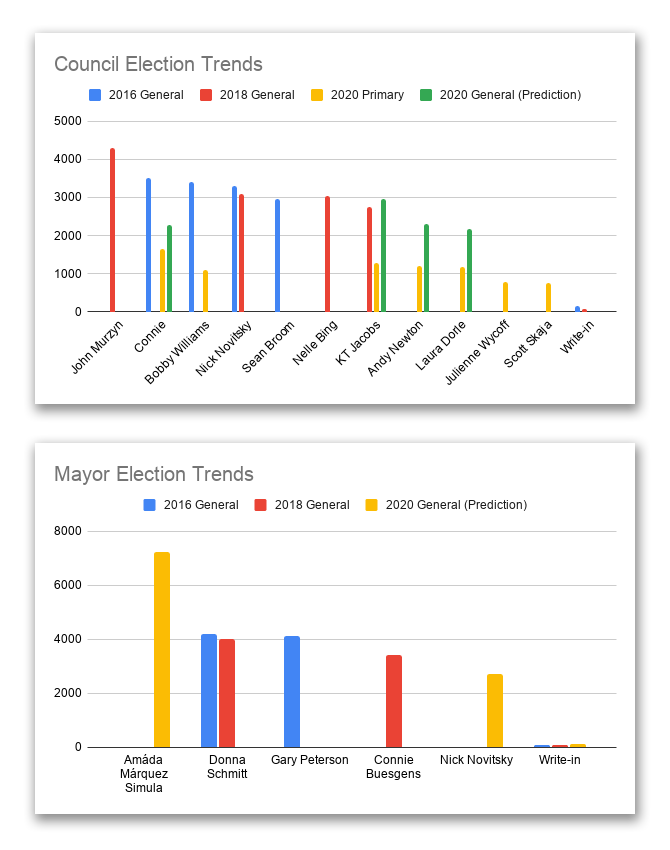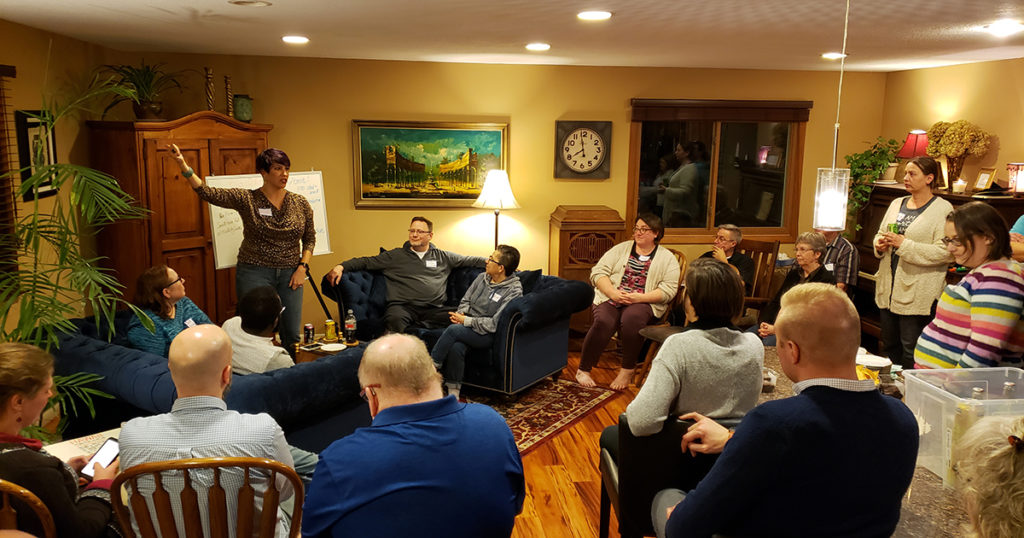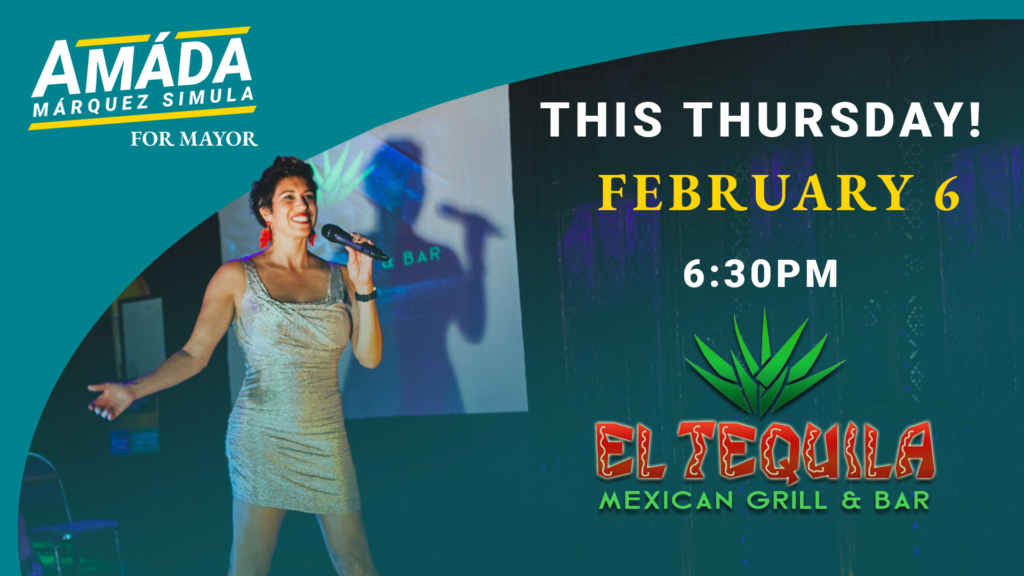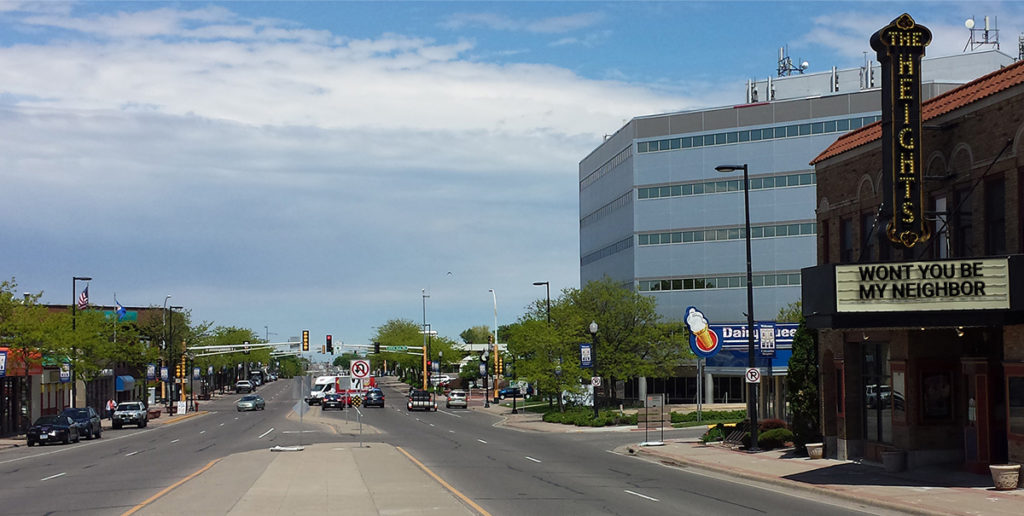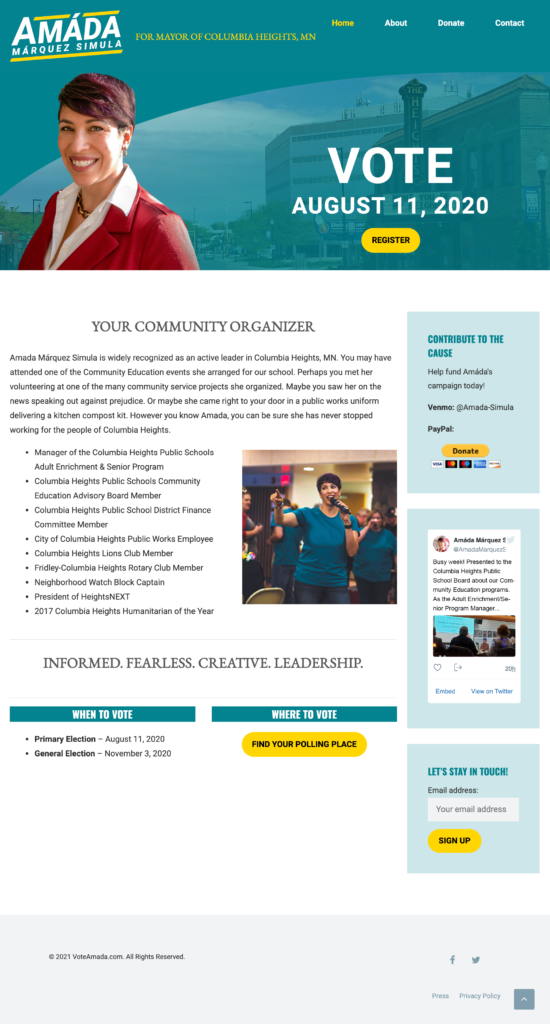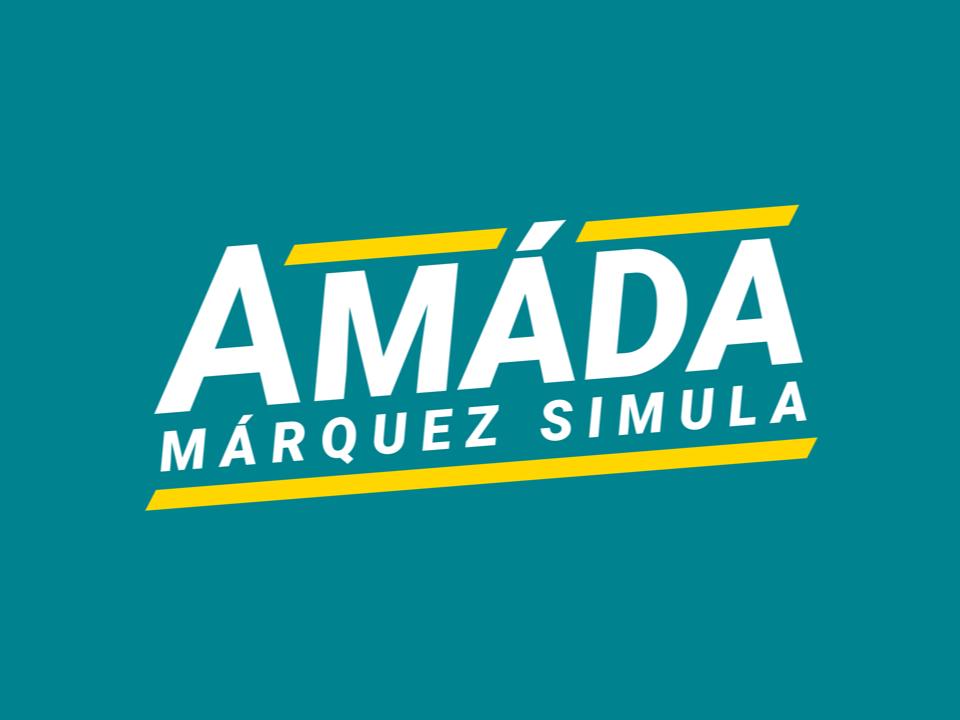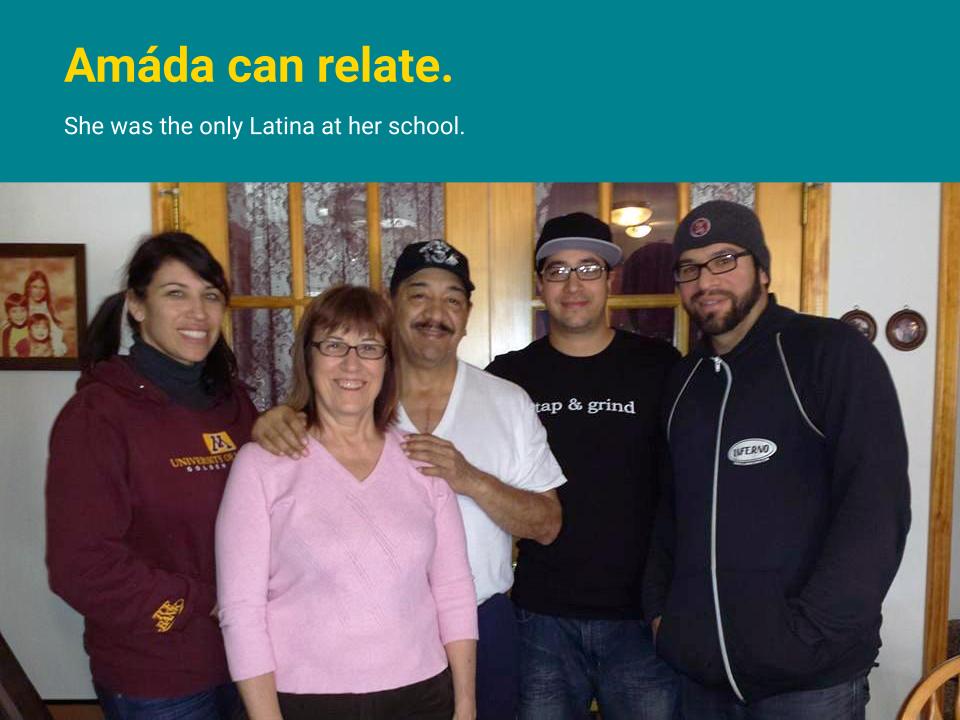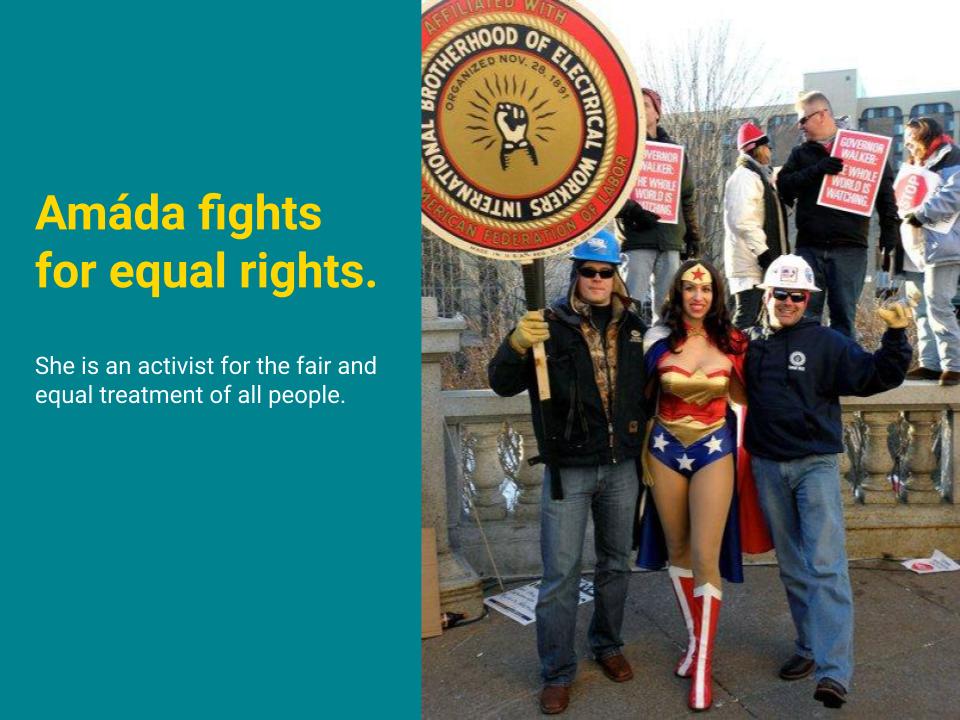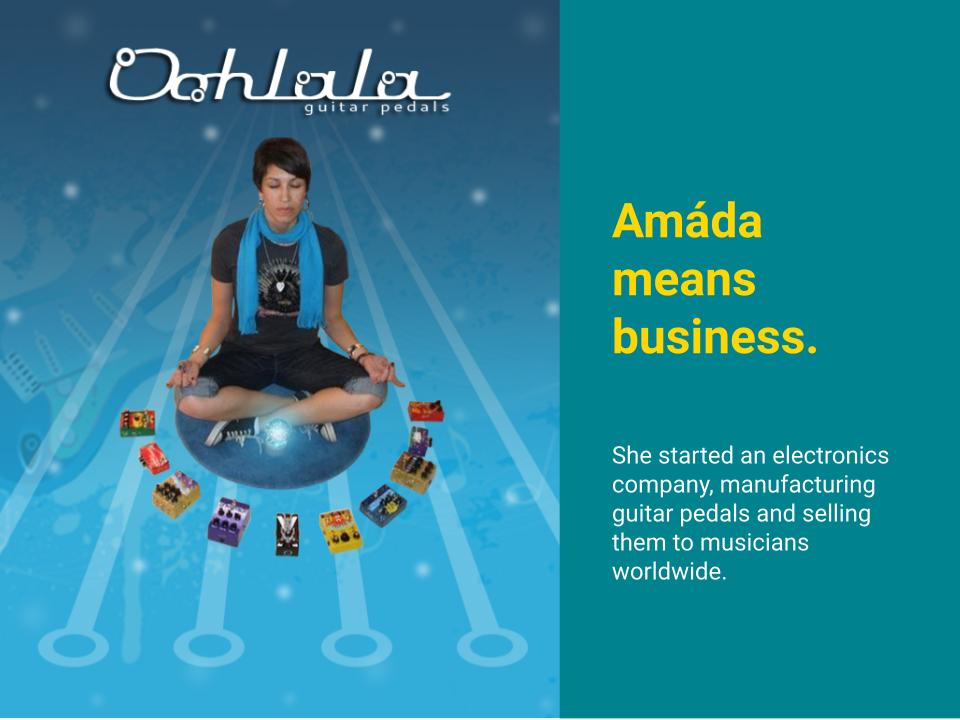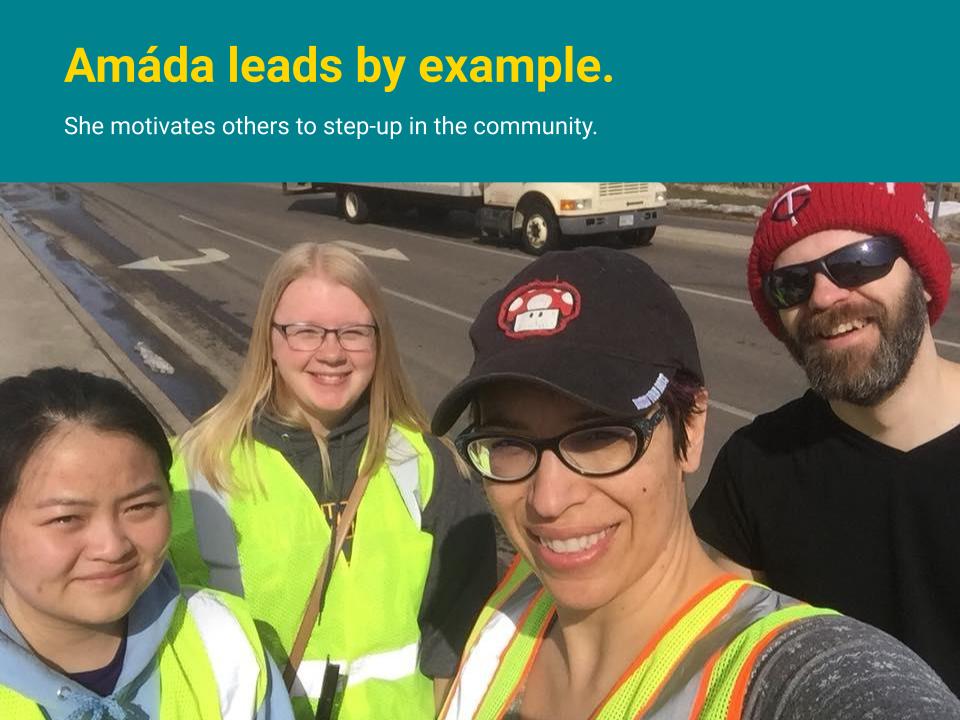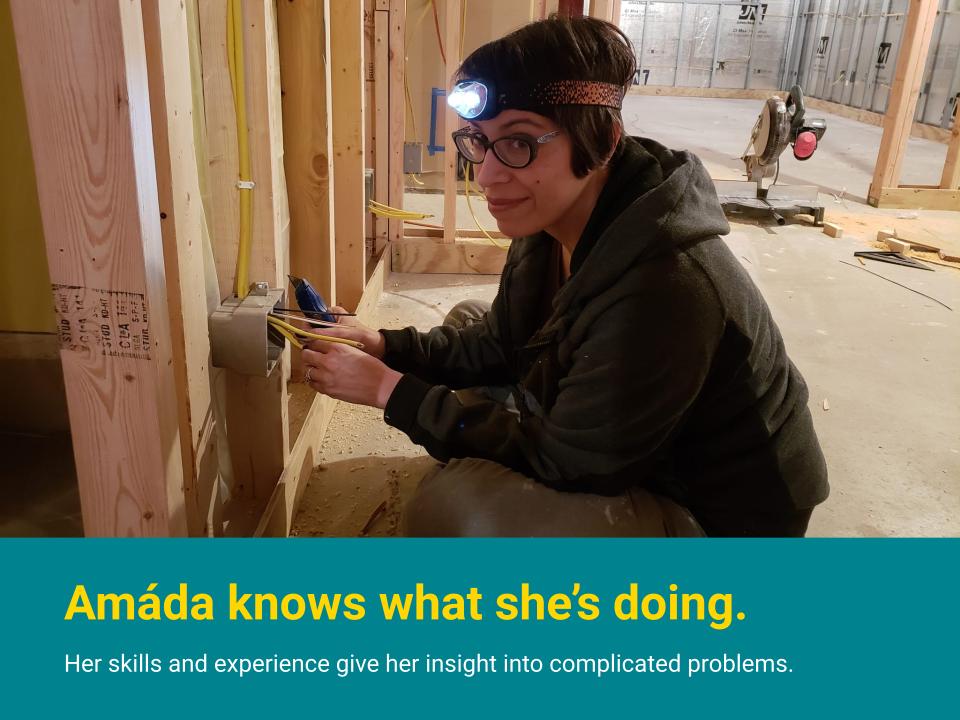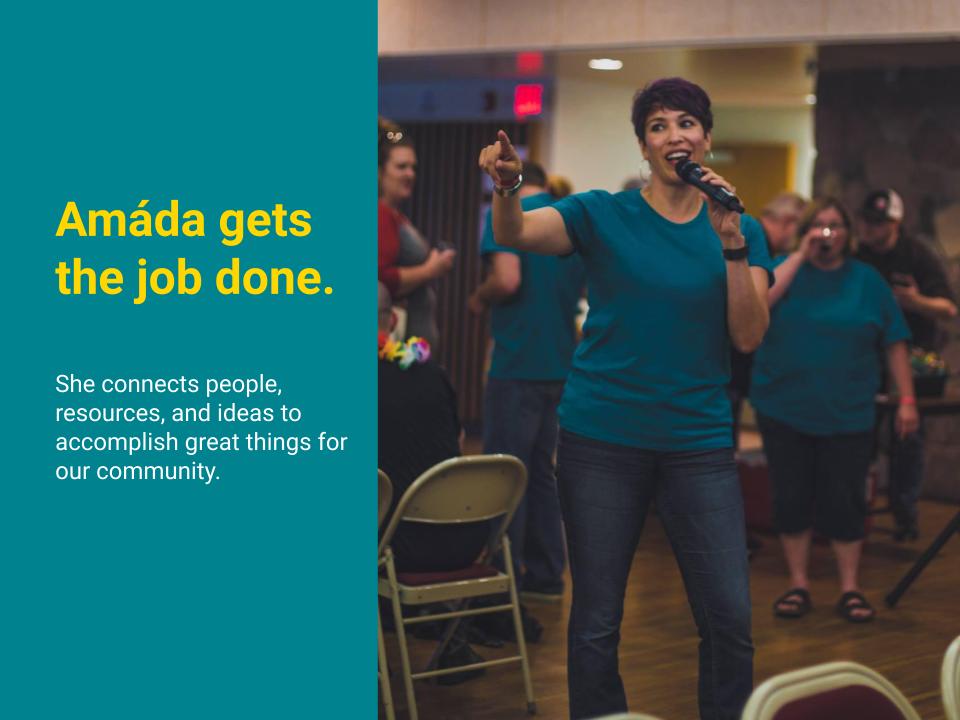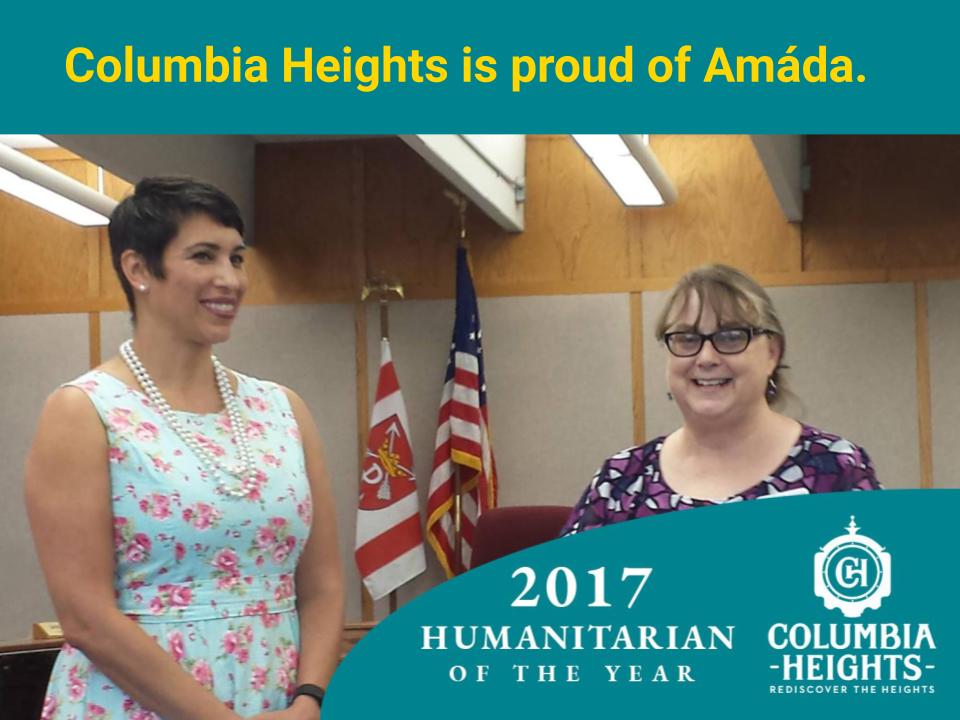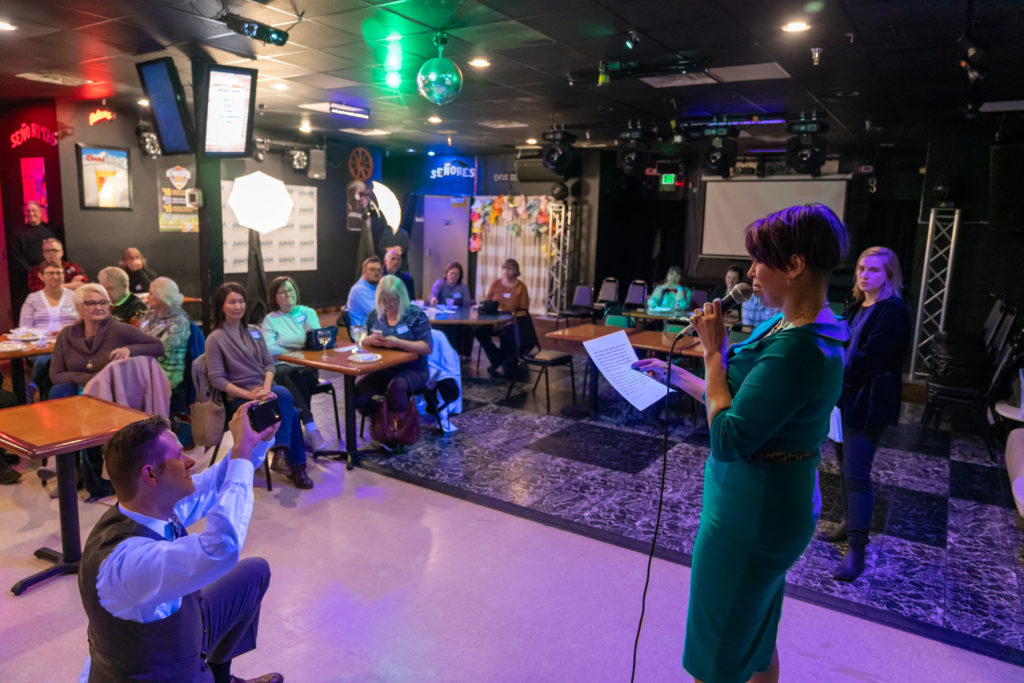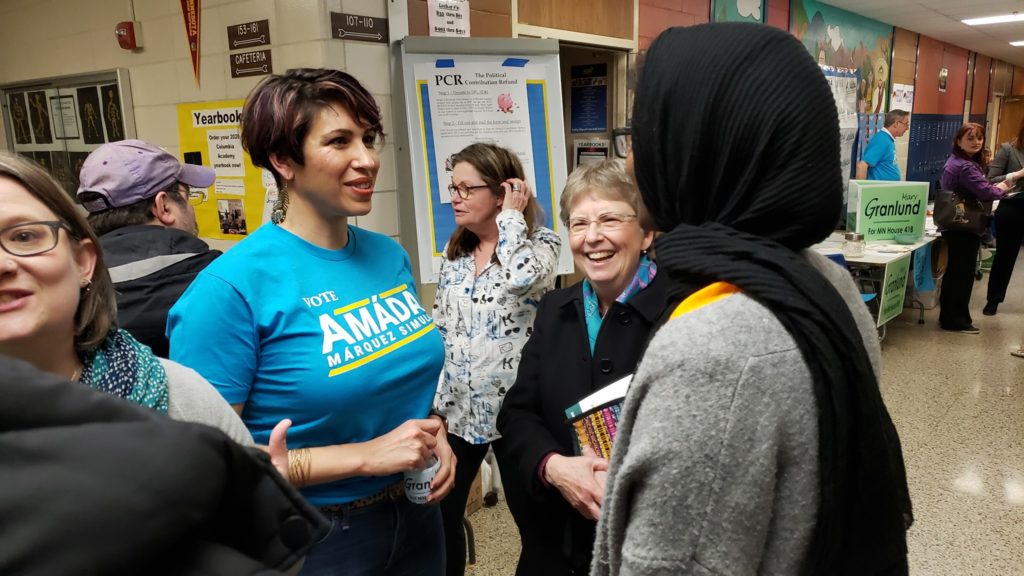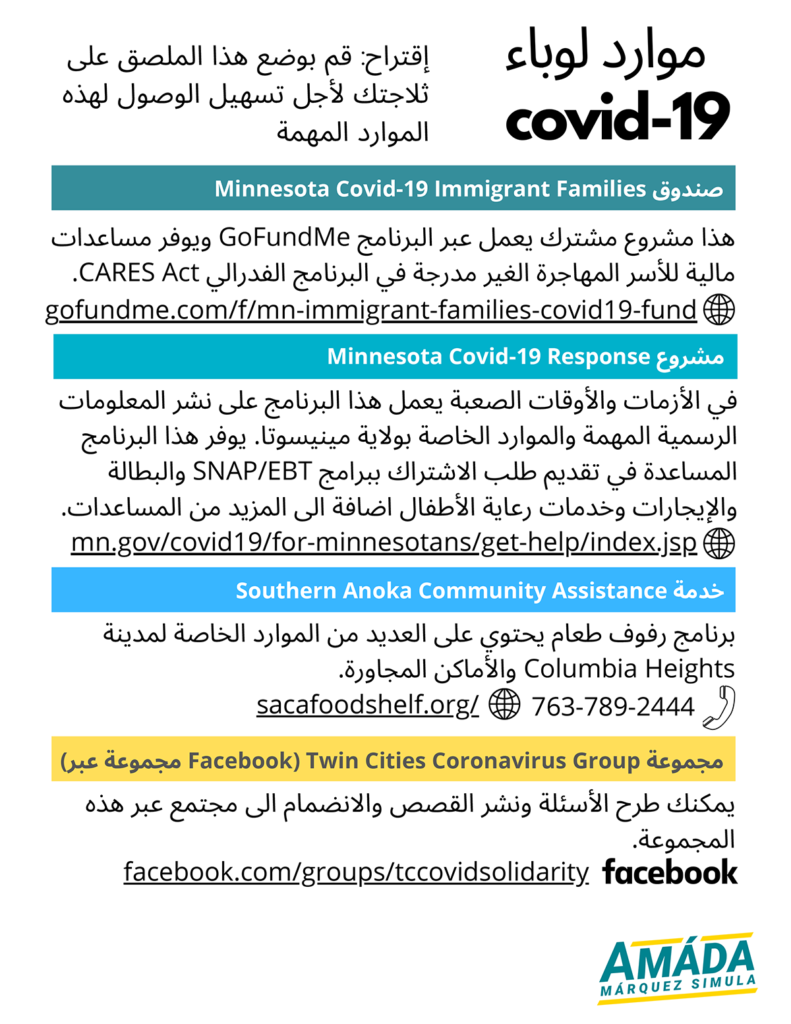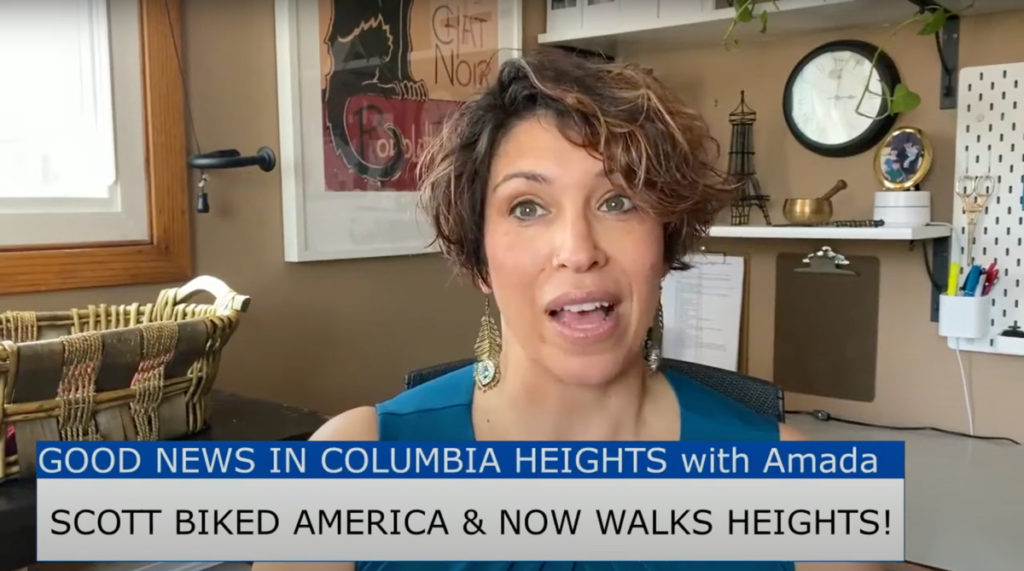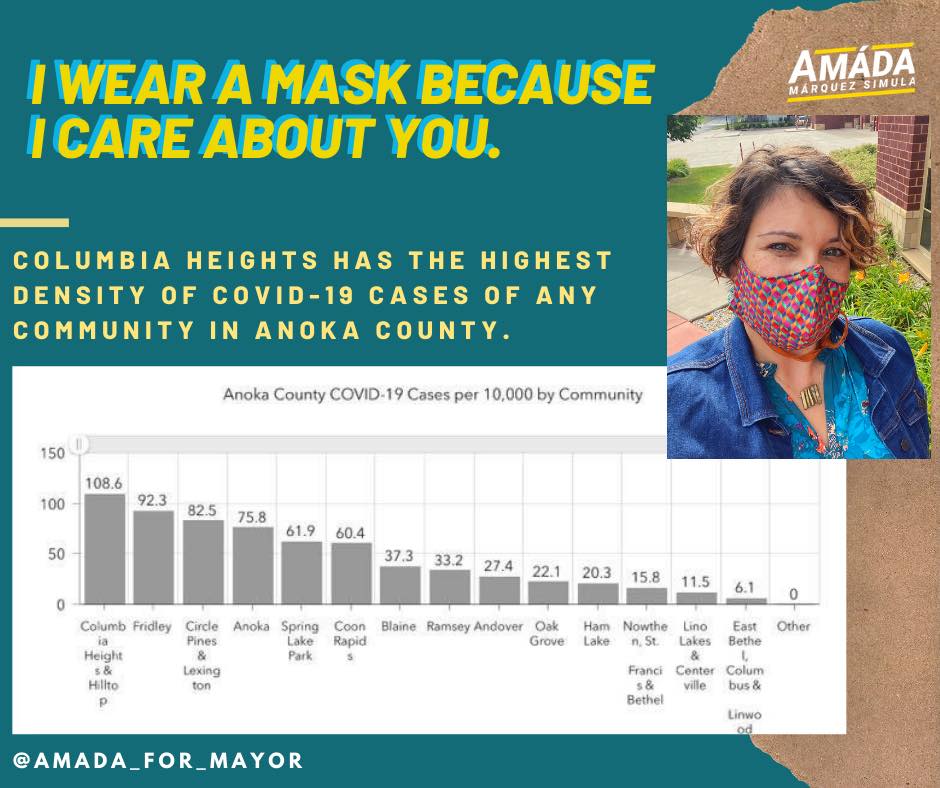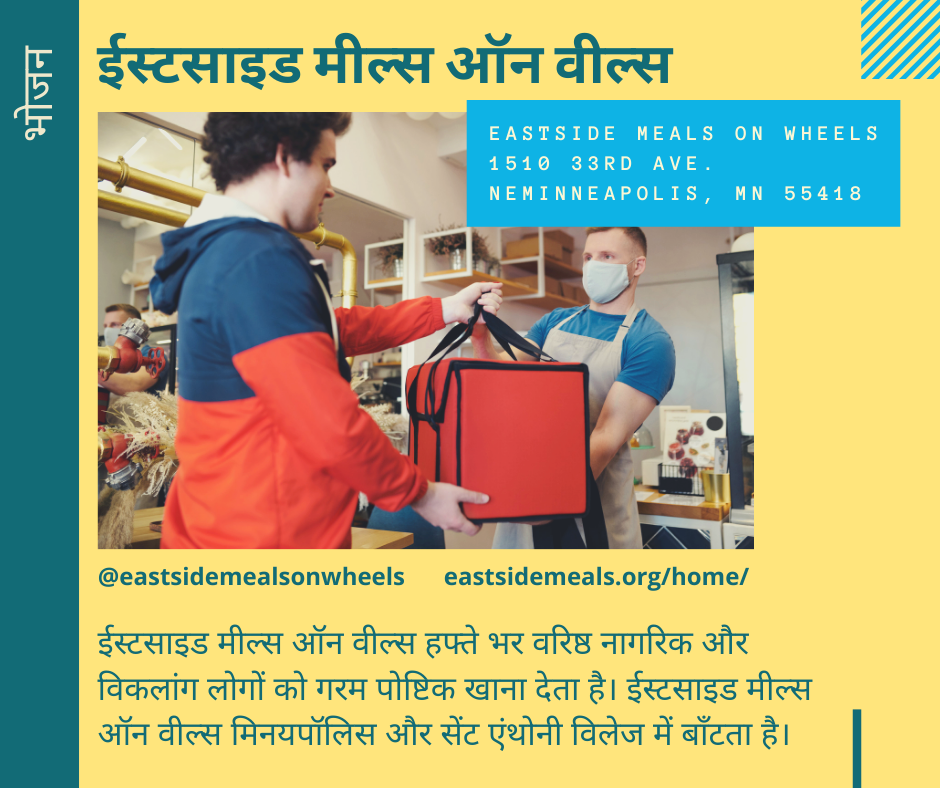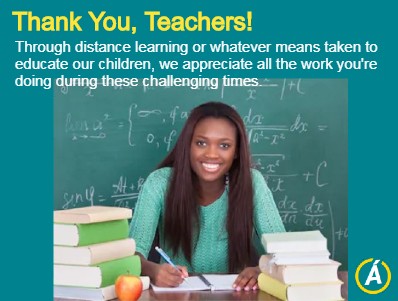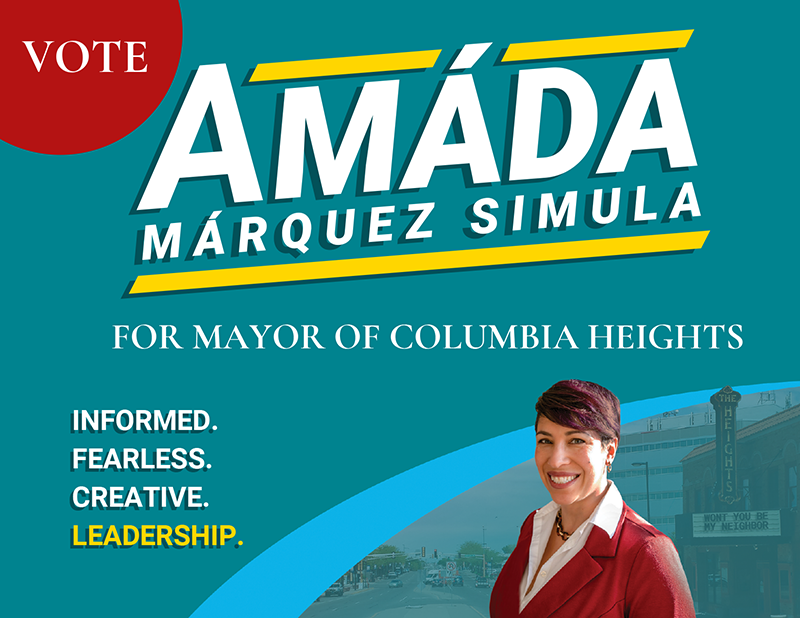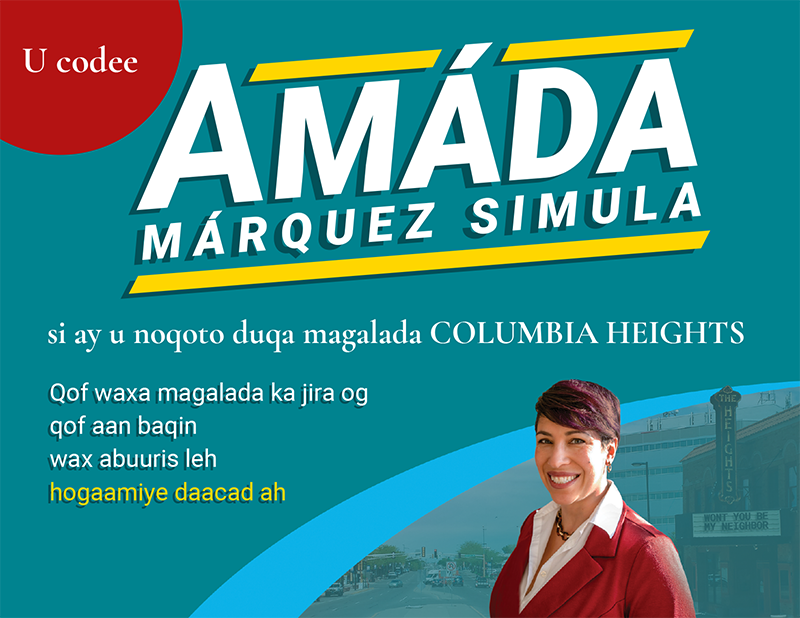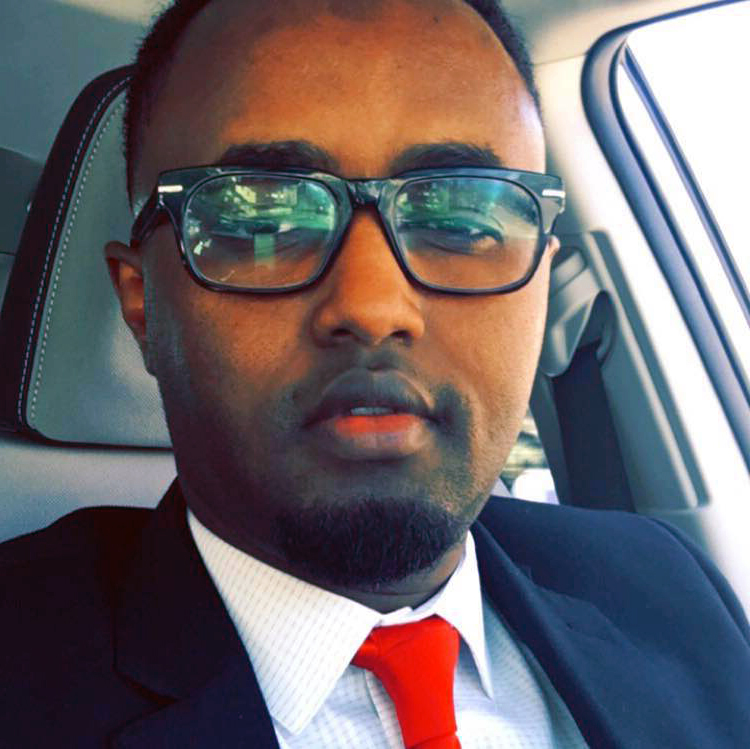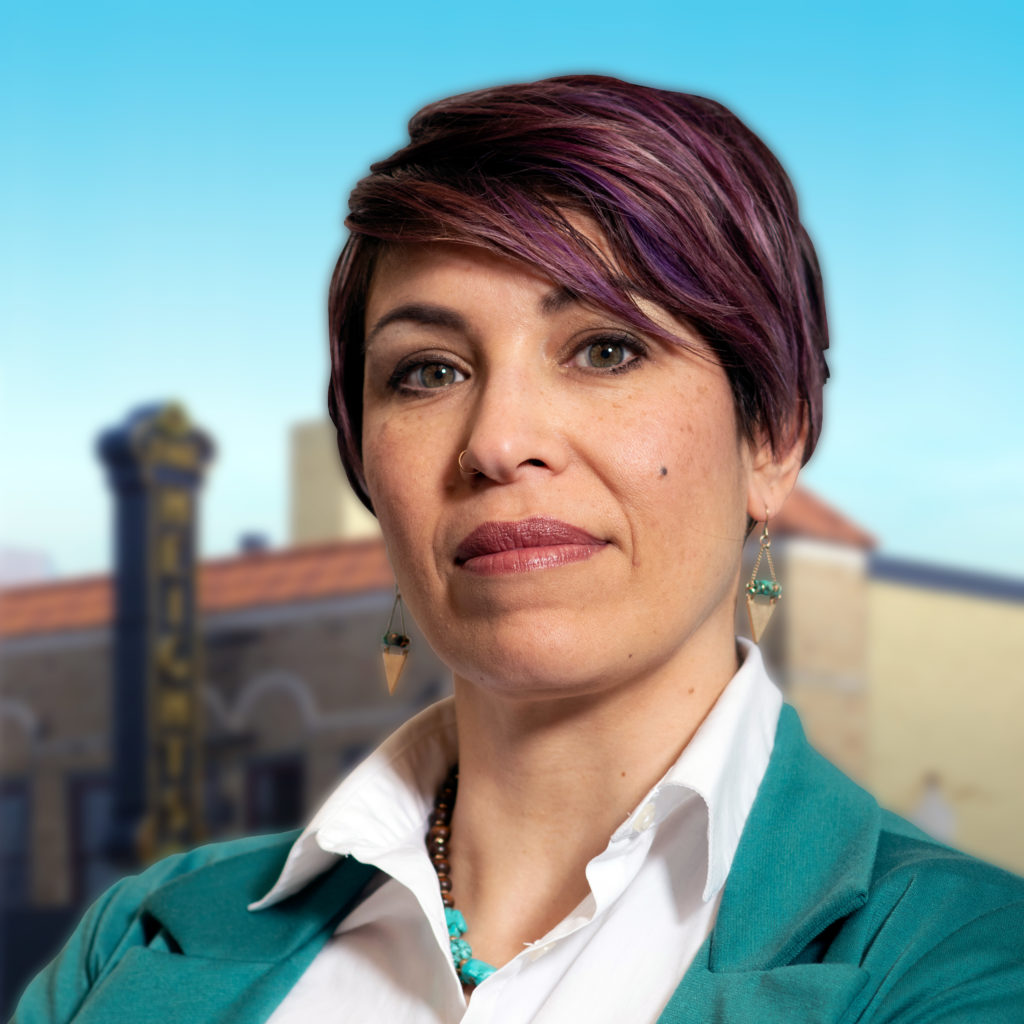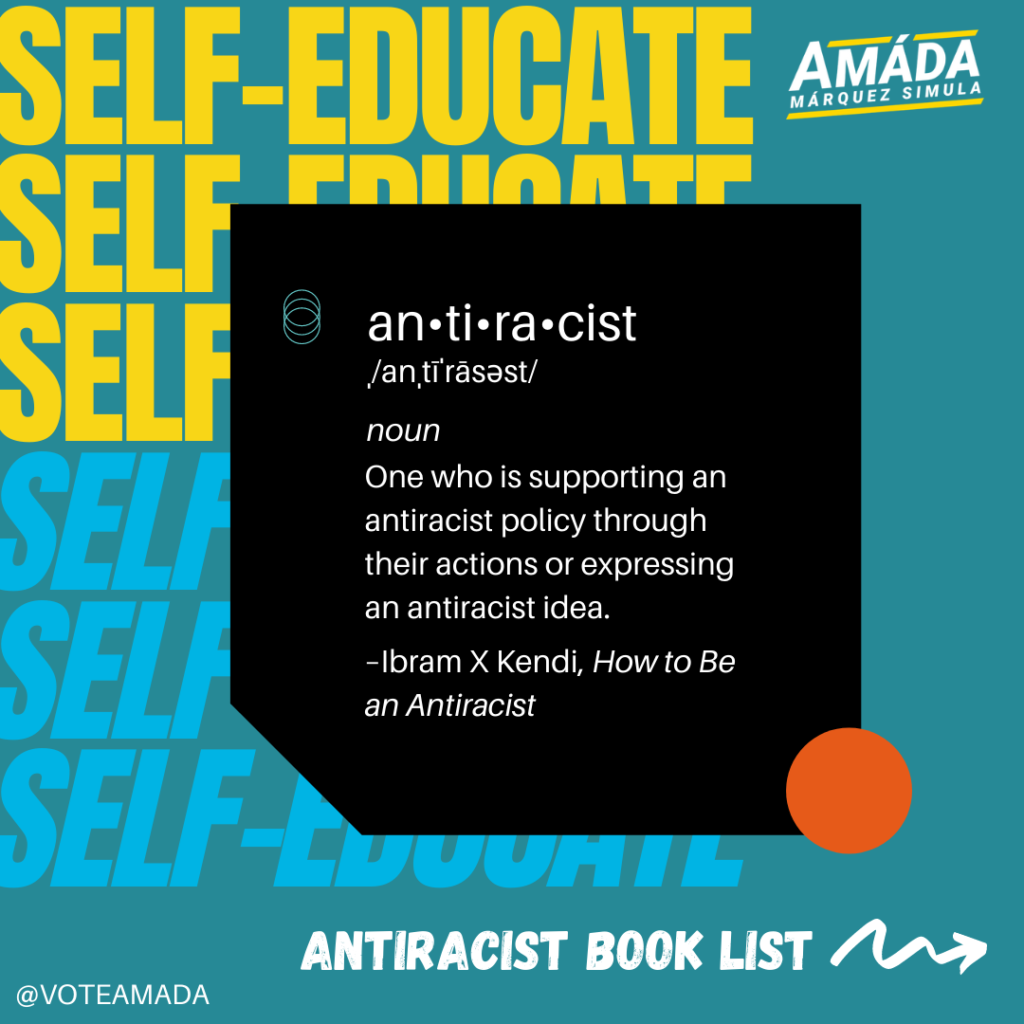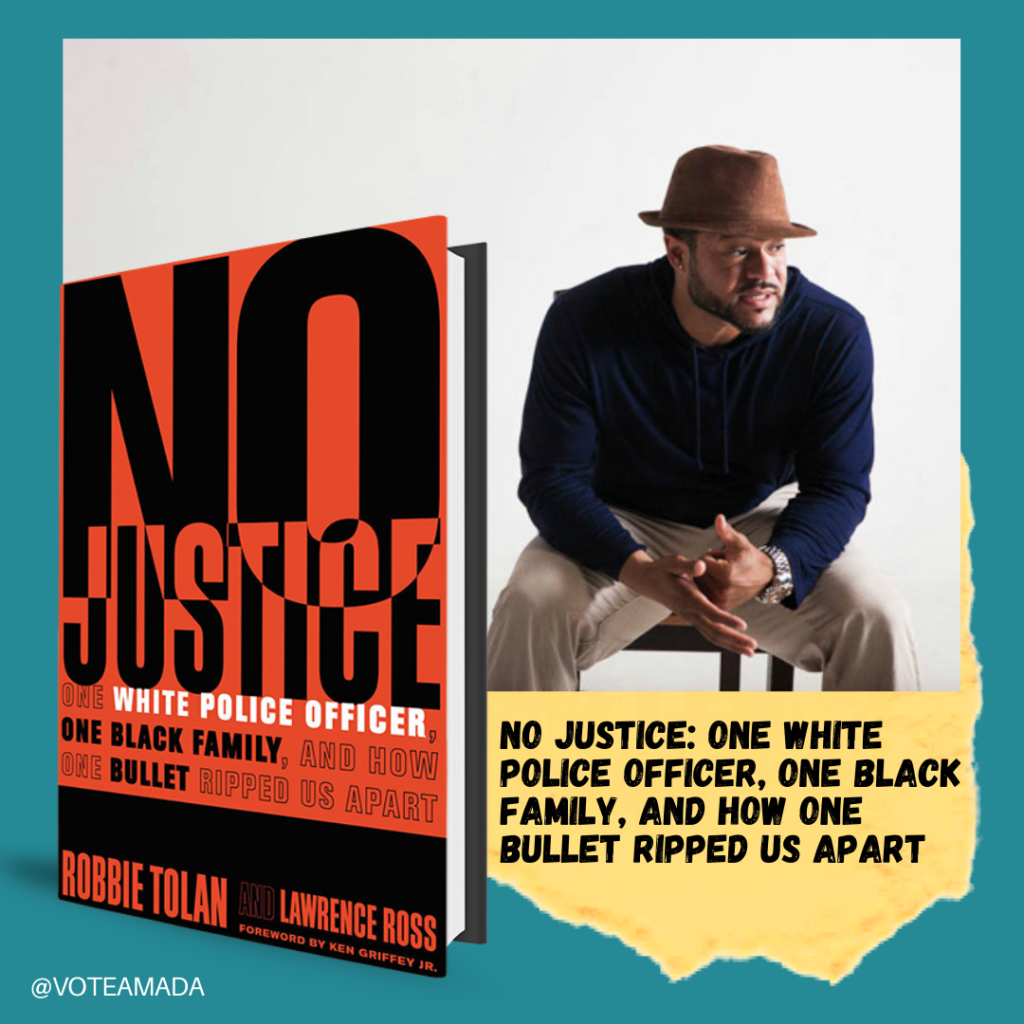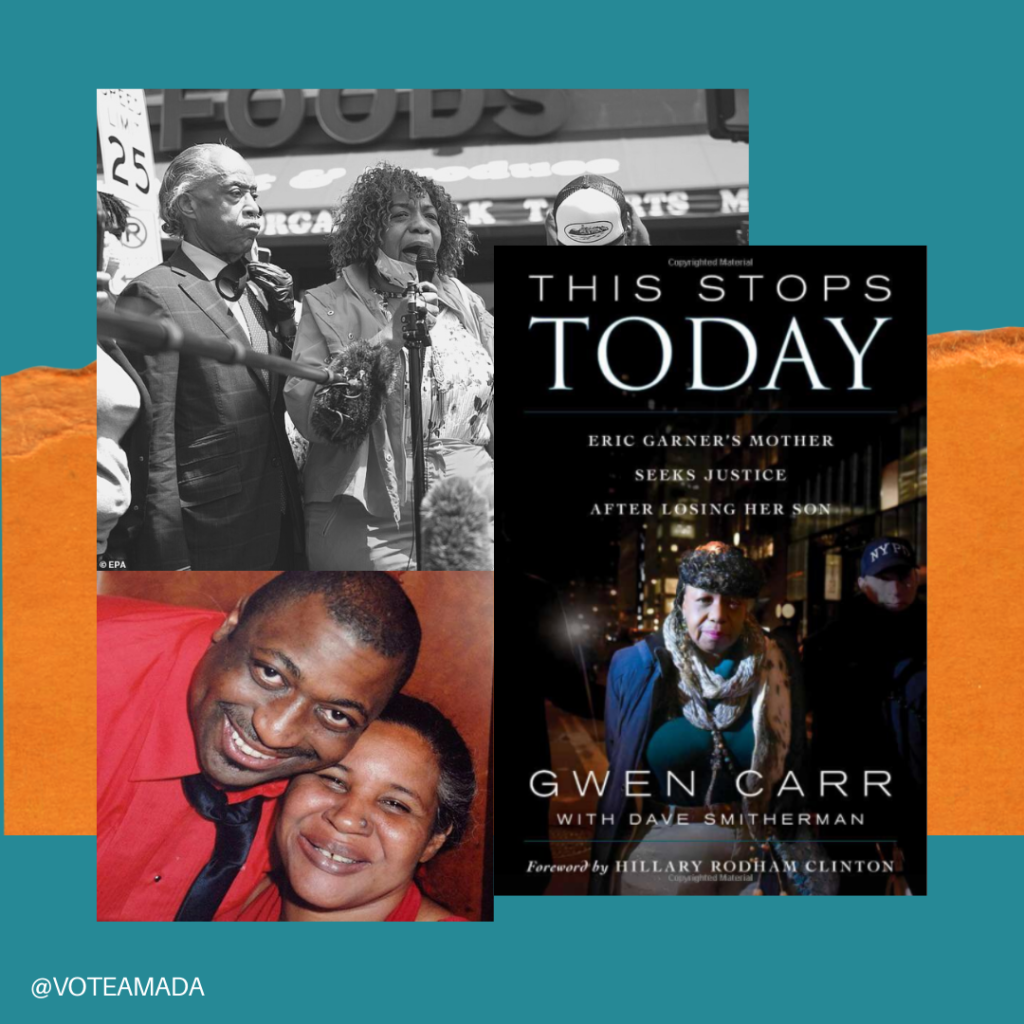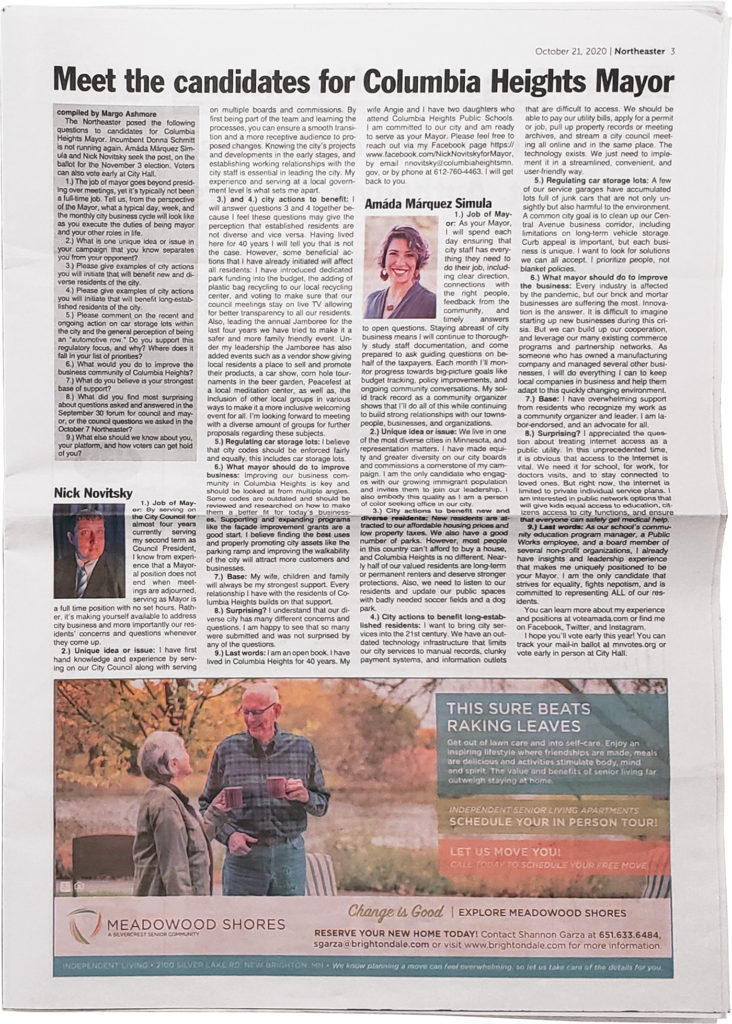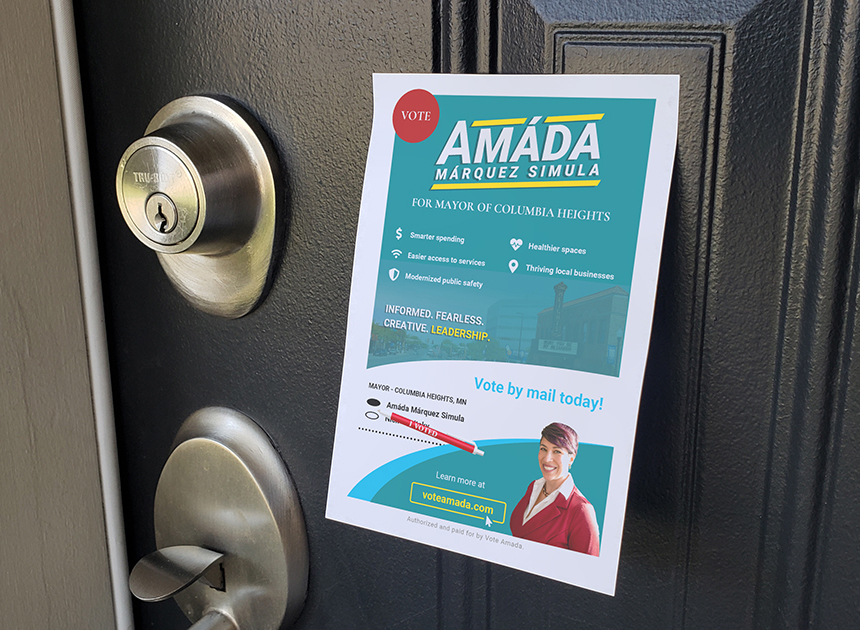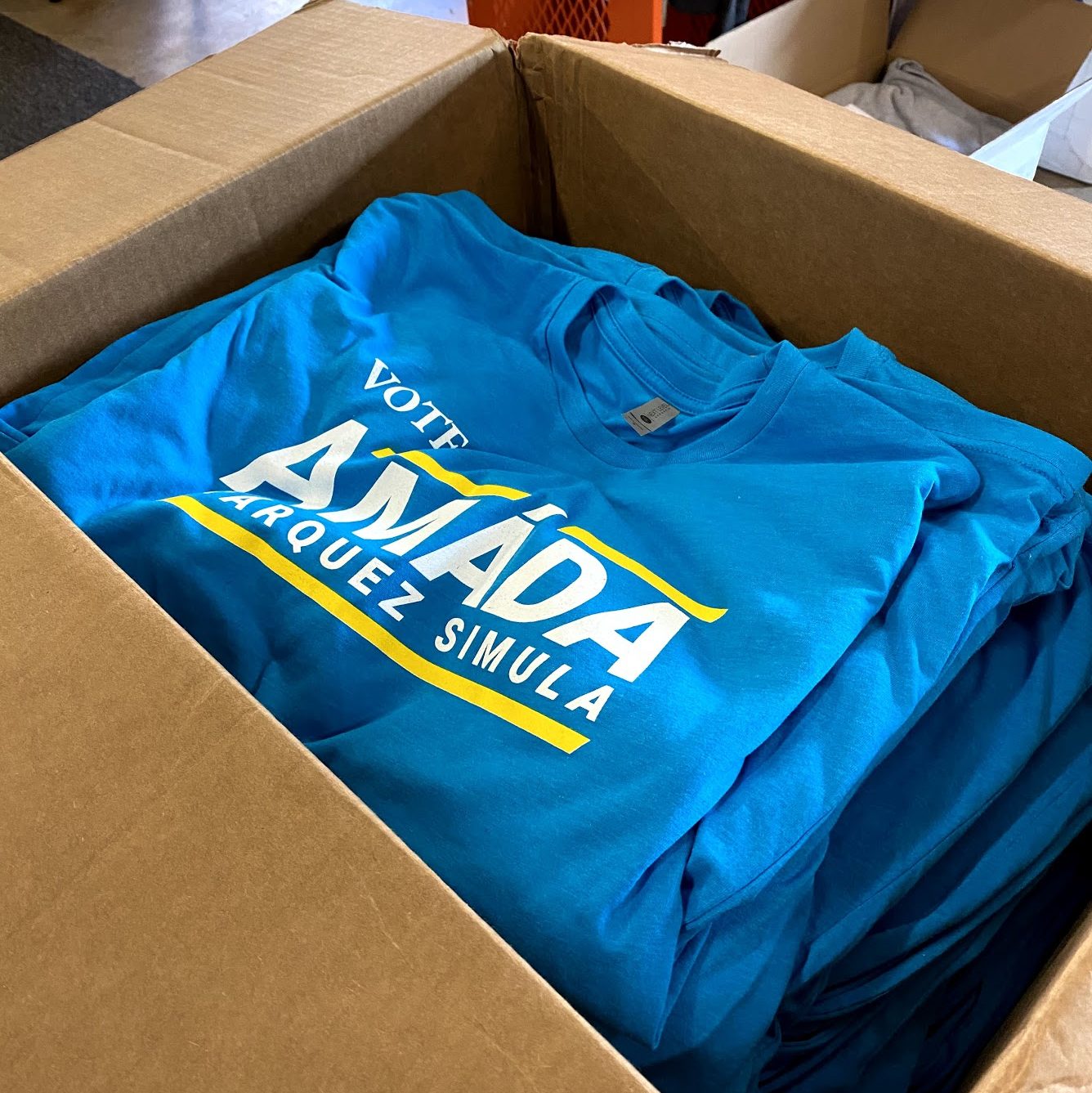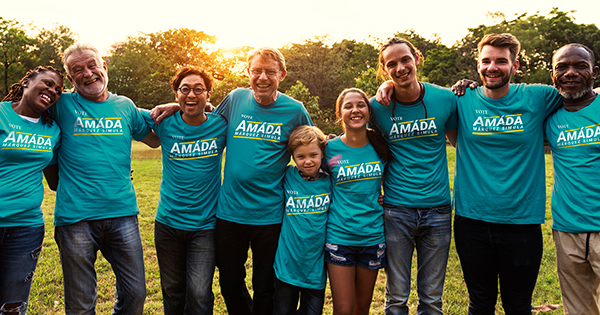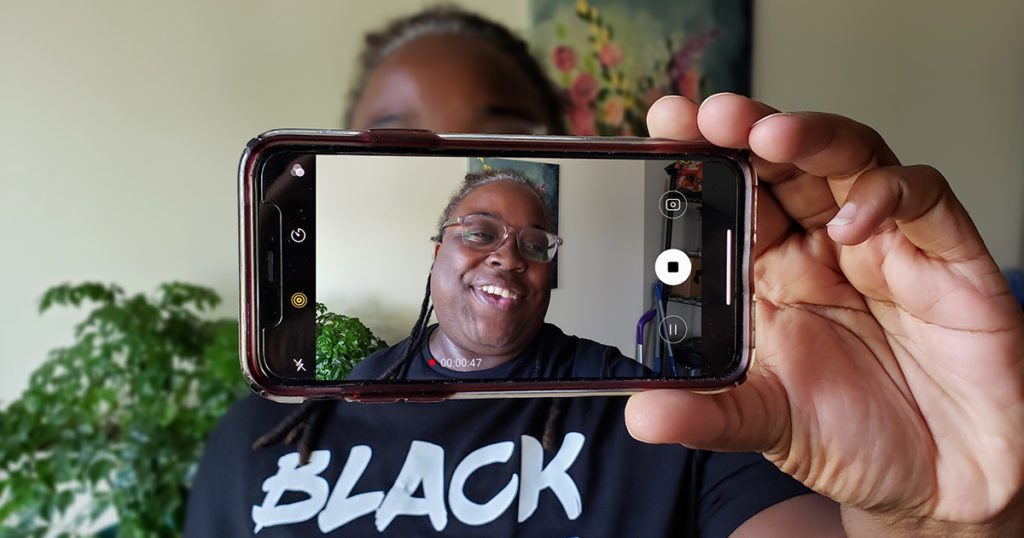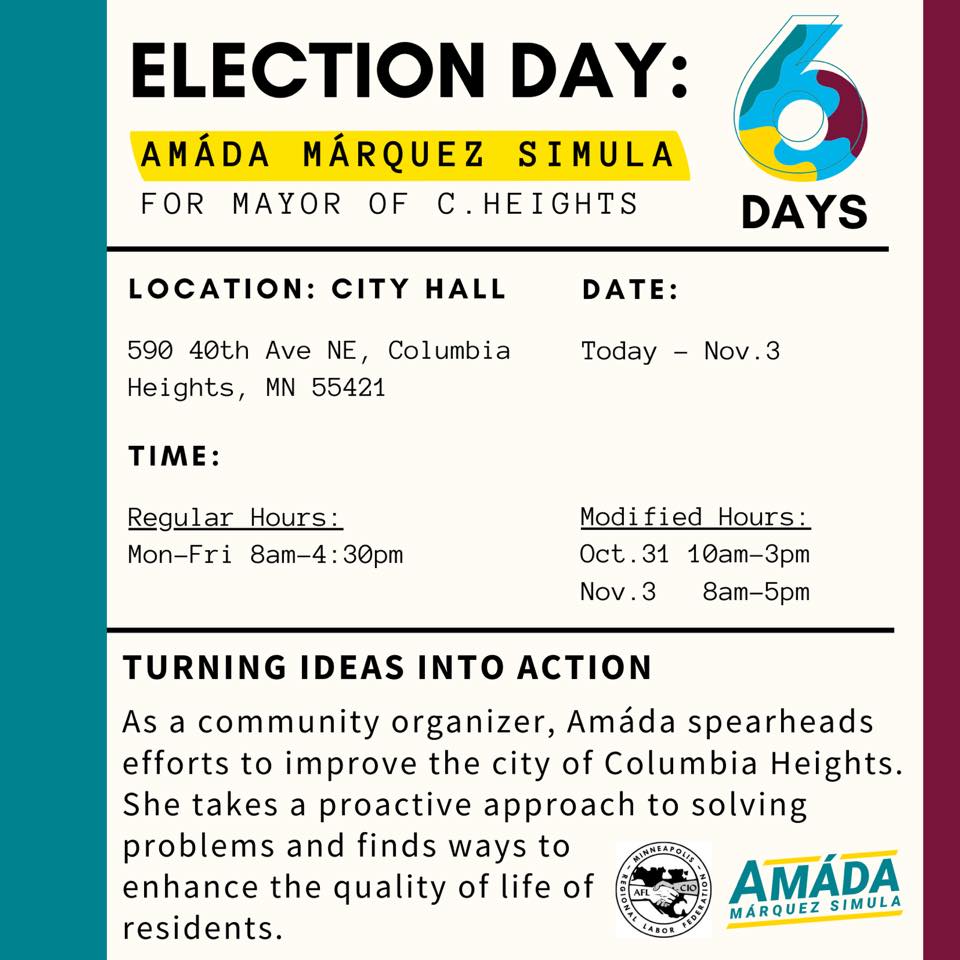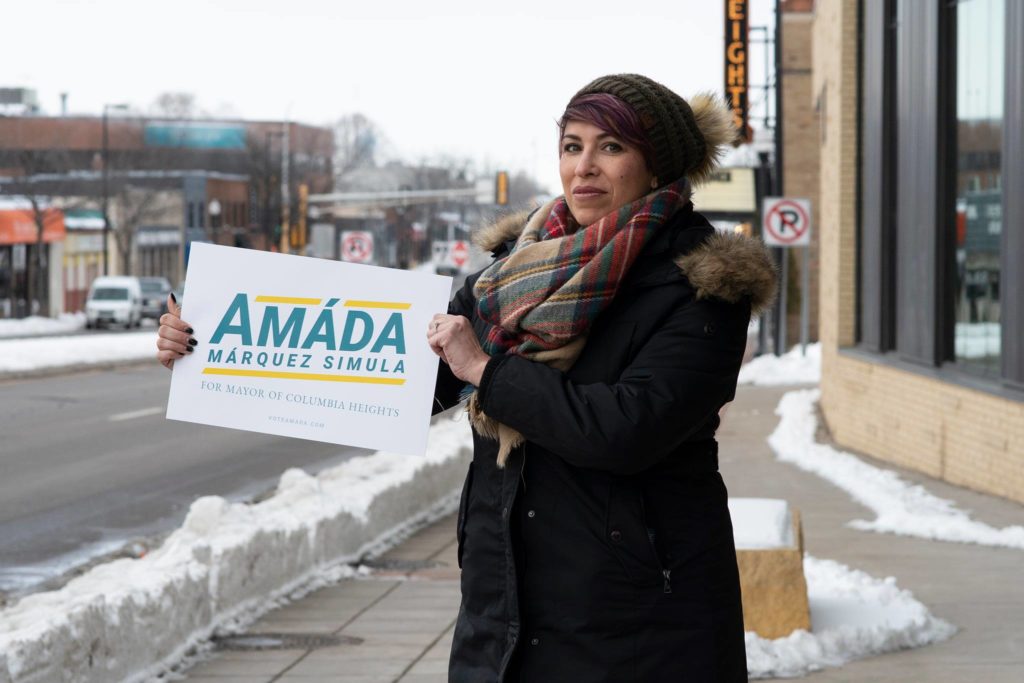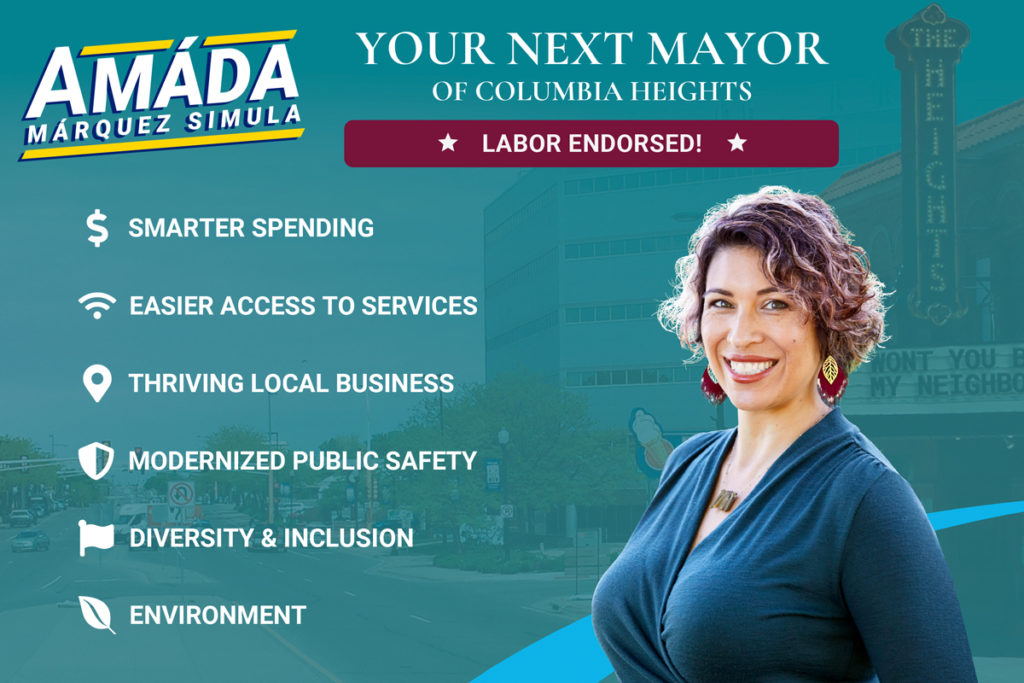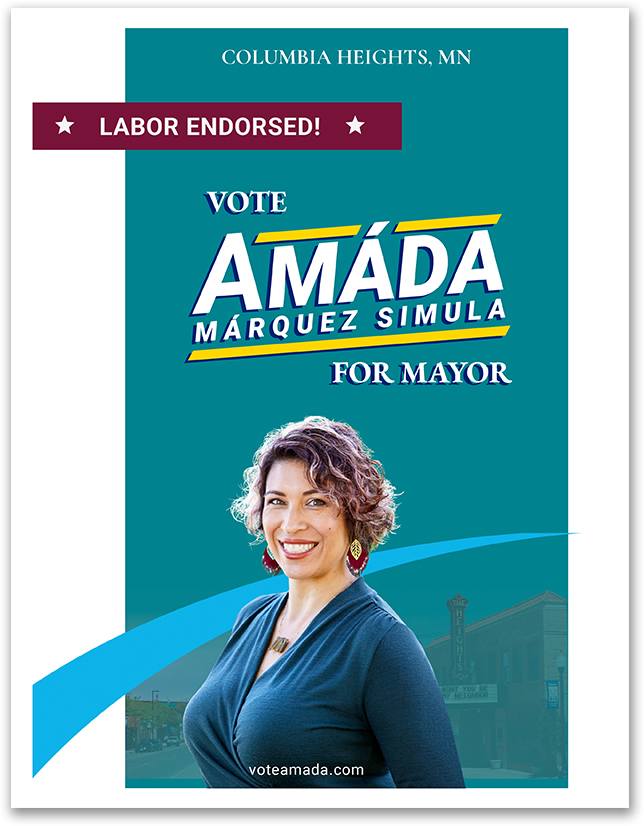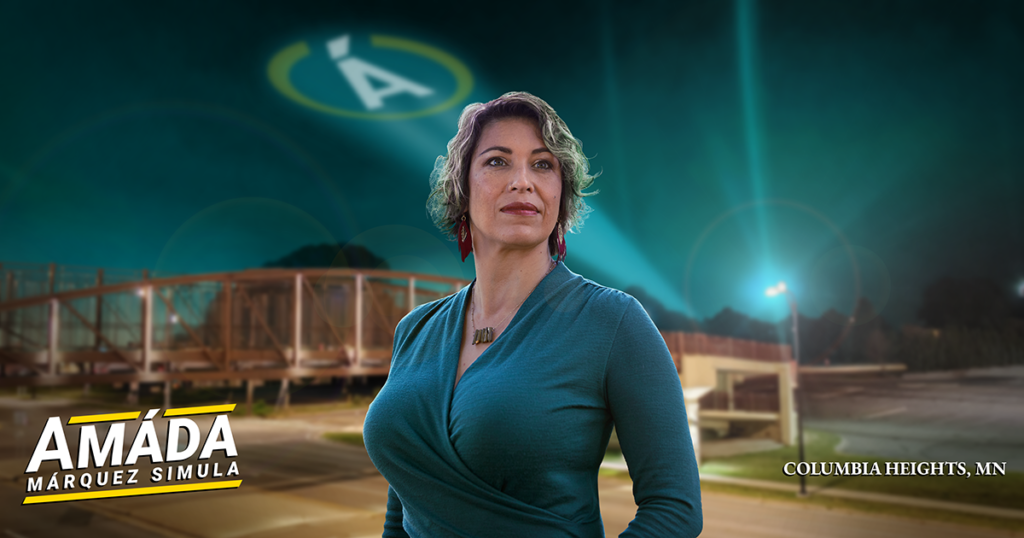Client
A popular community activist ran for Mayor of Columbia Heights, MN in 2020.
Ask
Design and direct a ground-up political campaign, including branding, content strategy, speech writing, printed collateral production, video production, web development, social media campaigns, email campaigns, and all supporting technology systems.
When
December 2019-November 2020 (11 month project)
My Team
 Candidate
Candidate Campaign Manager
Campaign Manager Communications Director (me)
Communications Director (me)
 Social Media Manager
Social Media Manager
 Copywriters
Copywriters


 Photographers
Photographers
 Videographers
Videographers
 Treasurer
Treasurer
Research and Strategy
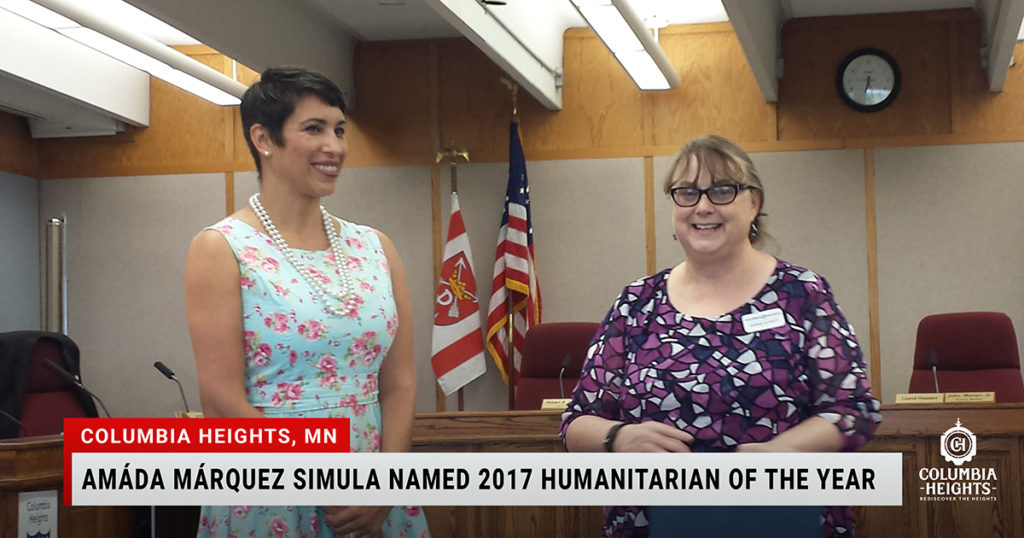
Advantages
- Candidate was already a prominent figure in the city years before running for office.
- Candidate had past experience working for other campaigns.
- Candidate is a strong public speaker who can fundraise well.
Risks and Constraints
- New candidate campaigning for the first time.
- Breaking tradition by running for Mayor without being on the City Council first.
- Voting district that is overly resistant to newcomers.
- Minimum of $8,000 needed to overcome barriers.
(1 month)
Learning How to Run a Political Campaign
I began by attending first time campaign seminars, and reading several books to build up my domain knowledge. I learned:
- The candidate has to be able to describe their platform in just a few bullet points.
- You have to know the opponent, and what qualities the candidate has that sets them apart.
- Winning elections is a numbers game. Setting goals means knowing exactly how many votes are needed to win that particular race.
- Each voter needs at least 2 direct impressions during the campaign, and no more than 8 impressions.
- The most effective way to earn votes is by 1 on 1 direct conversations (door knocking).
- Developing a campaign plan and a budget to support it are critical to the outcome.
- Only spend the budget on highly-effective items. Avoid gimmicks.
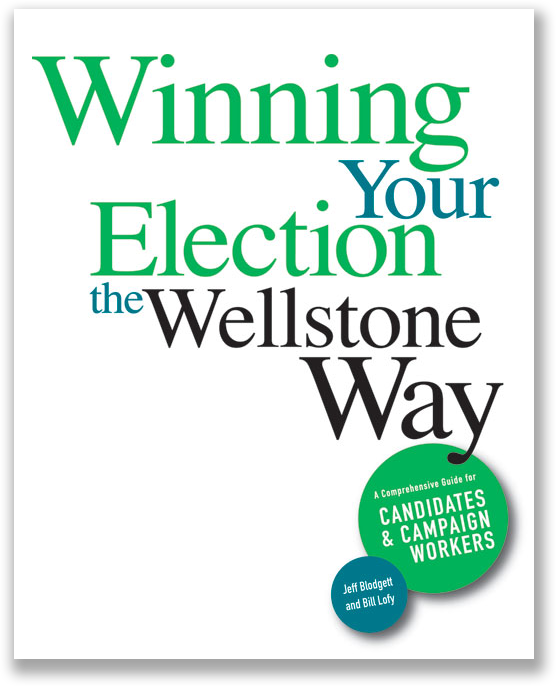
Calculating the Race
History by the Numbers
- Statistically, about 10,080 people would vote in this race.
- On the political spectrum, the city was evenly split:
- 50% right-wing
- 50% left-wing
- In the city’s history, nearly all elected officials were retirement age.
- In the city’s history, only 2 women had ever been Mayor.
- In the city’s history, no person of color had ever held any office. All elected officials had been white.
I estimated that 5,041 votes were needed to win.
Researching the Competition
In this race, the incumbent Mayor was not seeking reelection. There was only 1 other opponent, who was a mid-term City Council member. He risked nothing by running for Mayor, because if he lost, he would still retain his seat on the Council.
I scoured news articles, business records, voting records, and social media to develop a dossier on the opponent. In summary:
- The opponent had a weak, undeveloped platform.
- The opponent had no campaign plan or strategy.
- The opponent considered his history of living in the city his entire life to be his top qualification.
The opponent announced his candidacy for Mayor in a brief Facebook post in late December, 2019. He made no other publications about the matter.
Communication Strategy
In order to be successful, the candidate had to demonstrate that she was opposite of her opponent, appeal to left-wing voters, and overcome historical norms that included age and skin color.
I designed a campaign that:
- had a unique visual style (not canned, generic political branding)
- had engaging, uplifting messaging
- had pieces frequently appear in periodicals and printed publications
- had a robust online presence, including:
- website
- social media
- video advertising
- included many rallies and social events
I designed messaging that:
- focused on the candidate’s community accomplishments and accolades
- focused on policy and specific plans
- appealed to younger, progressive voters
- appealed to women
- appealed to non-white voters
- appealed to left-leaning voters without the controversial Democrat (DFL) label
- never attacked the opponent
Exploratory Meetings
Before committing to a long and expensive campaign, we hosted two small meetings of politically-active community members.
- Discuss the available races and strategize candidates.
- Get community feedback about individual candidacy.
After overwhelming approval from the community, the campaign began in earnest.
Brand Development
(3 weeks)
Color Selection
Working directly with the candidate, I helped establish a color palette that reflected her personality, Latina heritage, and her position on the political spectrum. She began by picking out palettes she found on Pinterest and Canva.

Later, I refined these into a simpler selection. I also ensured that these colors were balanced for accessibility, and would work well both on screen and in print.

Logo Design
Drawing inspiration from other Latina candidates, such as Alexandria Ocasio-Cortez, several branding concepts were put together using the brand colors and a variety of typefaces. These were quickly mocked-up using Google Drawings.
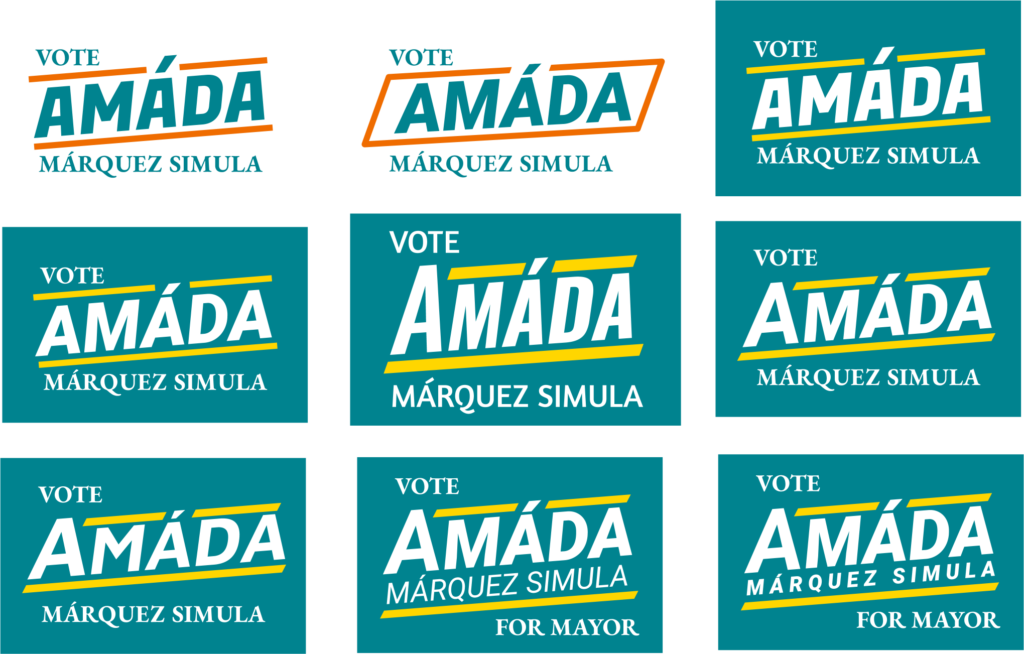
Later, the final branding was converted into light and dark variants, grayscale variants, rotated and simplified variants, and even a circular logo. I used Sketch to finalize these vector versions.
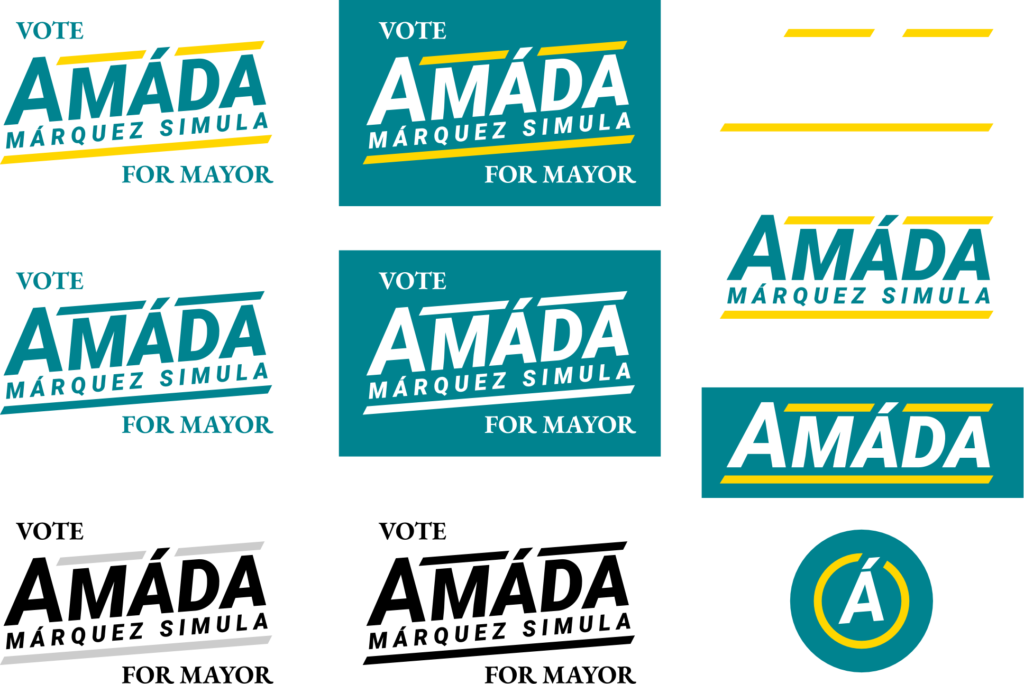
Subtle Symbolism
Because the candidate was known for her creative leadership, and because she would be known as the first non-white city official, I decided to add two symbolic styles to her brand:

- An arc represents “out-of-the-box” thinking.
- The candidate’s photo always crosses the arc. This represents breaking through barriers or glass ceilings.
Brand Application
(5 weeks)
Initial Collateral

A local photographer got a good headshot of the candidate that would become the centerpiece of the campaign for the next few months.
I also took some of my own photography of the city itself, including this shot of a treasured historic cinema.
Website
Goals included:
- Brand promotion
- Content about the candidate:
- Personal background
- Professional qualifications
- Platform
- Awareness about elections
- Dates
- Polling locations
- A way to donate
I personally contributed:
- Payment systems
- Event systems
- Social media accounts
- Several domain names
- Web hosting and environment setup
- Content Management System setup
- Content authoring
- Graphic design
- Information architecture
- Custom development
- System maintenance
Branding Pivot
When the candidate ordered apparel, she chose two stock colors that the vendor carried. It wasn’t until the items arrived that she realized that they didn’t match her campaign branding.
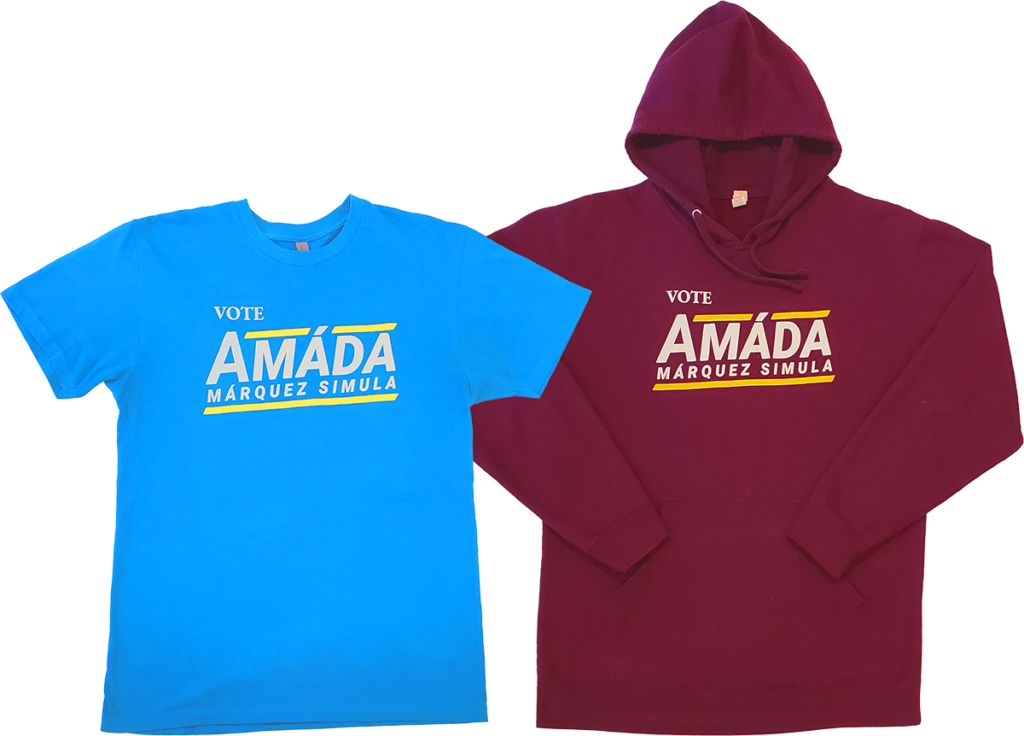
Luckily, they were complimentary colors. Thinking fast, I incorporated the two new colors into the brand palette in a balanced, pleasing way.
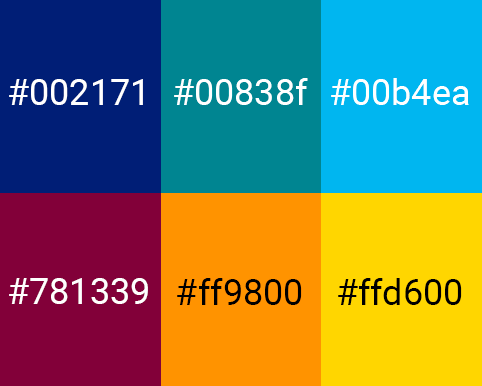
Event Collateral
(3 weeks)
Campaign Kick-Off Event
Working with the candidate to understand her platform, I wrote the initial draft of the stump speech. She later refined and rearranged the speech, making it her own.
To generate excitement at the event itself, I created:
- Rally posters
- Pledge cards
- A slide show highlighting the candidate’s character and experience
- A social wall
- A branded photo backdrop
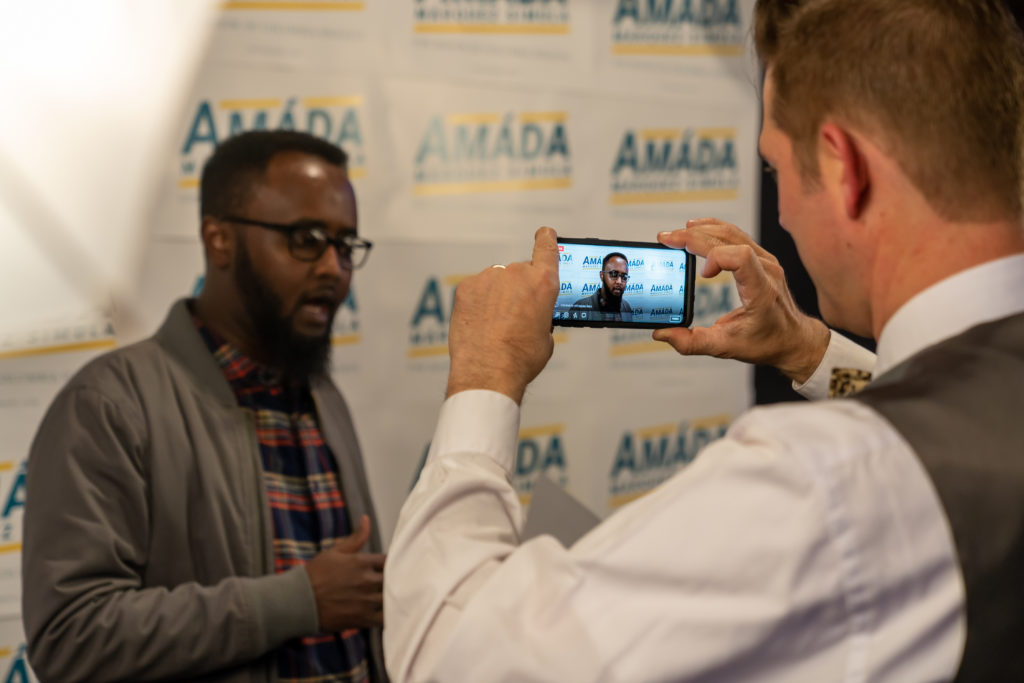
I also managed the event photographer, and I live-streamed the event.
Caucus Appearance
While voting precincts chose their delegates and submitted resolutions, I led the campaign team as we hosted a candidate booth. We wore branded shirts, handed out palm cards, and gave away campaign pins, baked goods, and fruit.

House Party
Collateral was reused at a hosted party where the candidate got more time with individual voters from a specific neighborhood. This was to be the first of many outreach parties in this fashion.

In a race of this size, the only metric we had was the number of followers on the candidate’s Facebook page. By comparison, the opponent had a similar number at this point in the race.
Social Media Campaign
…and then COVID-19 hit
(1 month)
There are no best practices about how to run a political campaign during a pandemic. Individual face-to-face contact is the most effective way to win votes. Door-knocking, house parties, rallies, parades, and all other face-to-face options were completely eliminated.
What’s more, the coronavirus pandemic caused an economic downturn, putting many people out of work. This hurt fundraising efforts. Additionally, the failure to handle the emergency soured attitudes towards government in general.
With a nation in quarantine, our new strategy was to create meaningful content online, and give people a way to feel their place in the community.
She compiled a list of pandemic community resources, provided it in a printable format, had it translated into Spanish, Arabic, and Hindi, and blogged about it on the campaign website.
She started a YouTube channel based on John Krasinski’s “Some Good News”, that uplifted spirits with Good News in Columbia Heights. It was instantly popular in town.
I directed our social media team to repost these efforts as much as possible, linking them back to the candidate. More and more voters began following her Facebook page.
Additional Collateral
(1 month)
Palm cards became useful as self-serve literature that could be left in a public space, or handed to people outdoors, such as parks and athletic fields. Soccer is a popular sport in the city, so the palm cards were translated into English, Spanish, and Somali.
I also worked with a local screen printer who volunteered to produce branded face masks, in 3 different sizes.
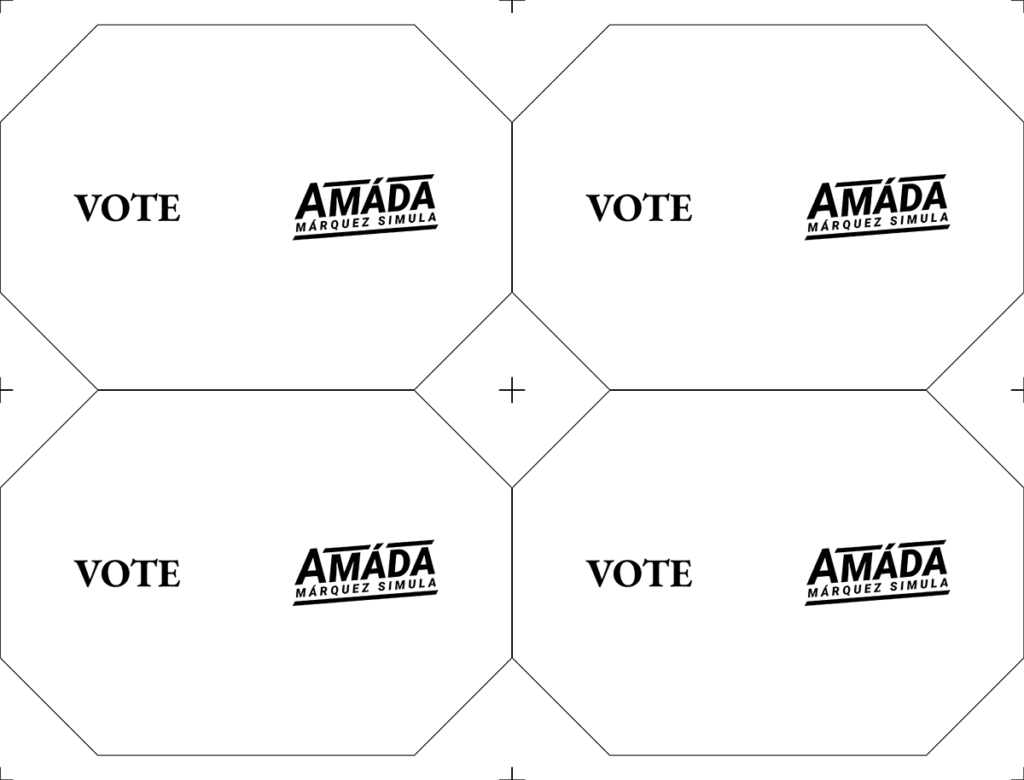
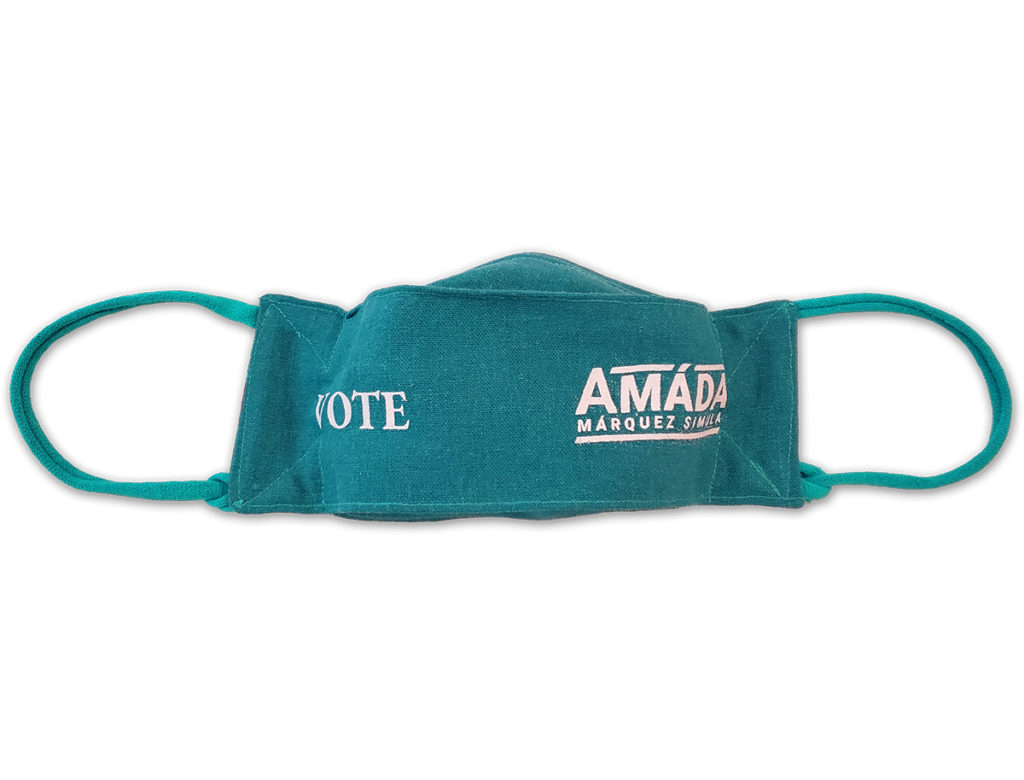
We all needed a smile.
May 4th is sometimes recognized as “Star Wars Day”. As the candidate is a Star Wars fan herself, the candidate thought it would be fun to celebrate with this light-hearted graphic on social media.
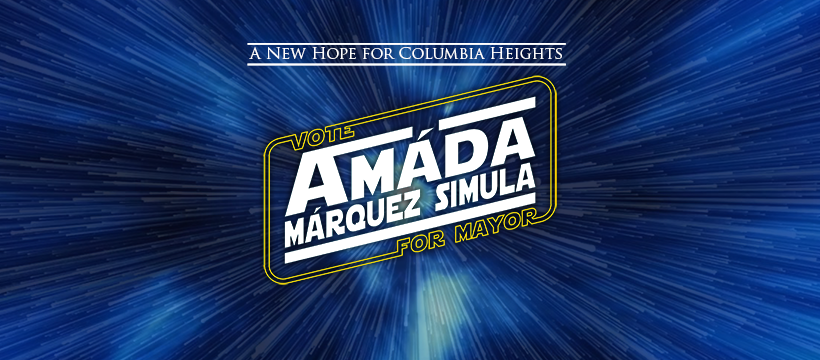
To my surprise, the joke was incredibly popular. It drove traffic to the campaign website and even surged donations.
However, I learned another expensive lesson when I made a mistake ordering this batch of lawn signs: I chose the wrong type of sign on the order form. My order was printed on a polyvinyl film sleeve, designed to be slipped over a wire hoop. This alternative was flimsy, and had trouble staying upright in the ground. We remedied the problem by putting the sleeves over old corrugated plastic signs that had been donated by past candidates.
…and then George Floyd was murdered.
Columbia Heights borders Minneapolis, the city where police murdered an unarmed black man who was already in their custody. Protests called for defunding the police. Just across the border, Columbia Heights residents watched smoke fill the skies as rioters burned down the 3rd Precinct Police Station. In one of the most culturally-diverse cities in the state, these voters rightfully began wondering if they were safe.
(4 weeks)
Once again, the candidate knew just how to respond.
Writing, blogging, and social media would become the cornerstone of the campaign.
Redesigning the Donation Experience
(1 month)
Voters usually only have 1 way to donate, and they rarely know how their funds are being spent. I set up multiple options online:
- One-time donation by PayPal
- Recurring monthly donation by PayPal
- One-time donations by Venmo
Then it occurred to me to set up a web store, where every item had a suggested amount, but voters had the option to donate any amount. This way, voters would feel like their contribution went towards something specific.
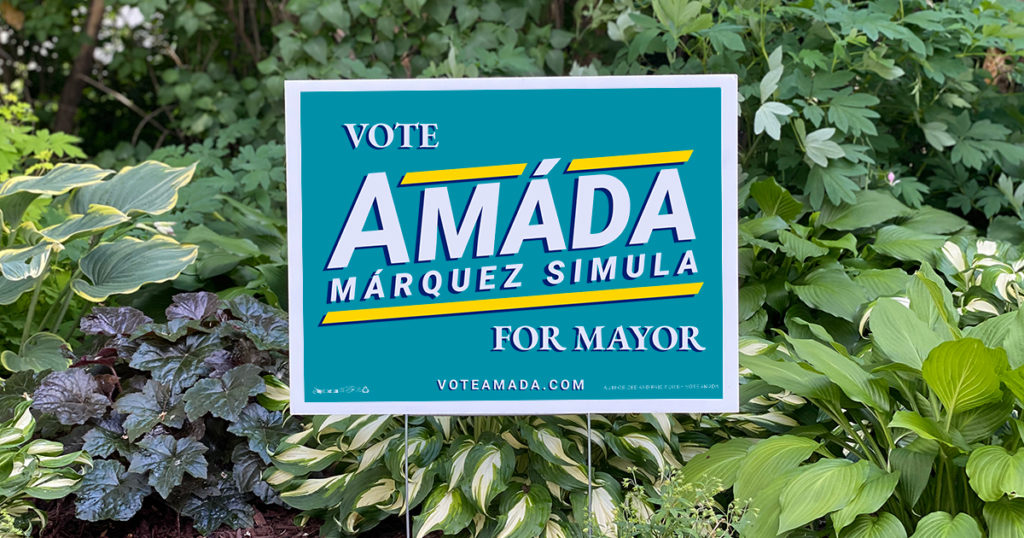
I used WooCommerce to set up the web store. Its integrated inventory and order status system were extremely handy for tracking lawn signs, because they would need to be collected from voters after the election.
Content Strategy and Writing
(6 weeks)
Initially, my team was posting new content 3-4 times per week. This not only overwhelmed voters, but also the content creators themselves. I recommended a modest 1 post per week. Even so, the team experienced burnout, and the Social Media Manager role turned over several times.
Using MailChimp, I personally wrote the campaign newsletter, and limited it to just 1 every 6 weeks.
I also wrote the initial drafts for much of the candidate’s public statements, such as endorsement applications, candidate forums, and newspaper interviews.
Pandemic Door-Knocking Alternative
Face-to-face contact, our best chance of success, was not an option in a pandemic. Studies show that every voter needs at least 2 direct impressions, and no more than 8. We resorted to secondary methods to reach the public at large.
Traditional die-cut door knob hangers were expensive, and difficult to place. We tried an alternative idea using 3M adhesive, similar to a Post-It Note. The adhesive worked very well, and surprisingly held up in outdoor conditions, sometimes for weeks. They were prepared in pads, and very easy to peel and place quickly, with minimal intrusion.
We had dozens of volunteers willing to help distribute the literature.
Printed materials, especially mail pieces, turned out to be the most expensive part of the campaign:
- Postcard mailers
- Door hangers
In a quarantine, these methods were the only way to be sure the candidate’s message was reaching every single resident.
Branding Update
Updated Photos and Videos
(2 weeks)
By summer time, the candidate’s hair had grown, and a new headshot was in order. I worked with a photographer to produce a similar pose as the original headshot, as well as a few other poses.
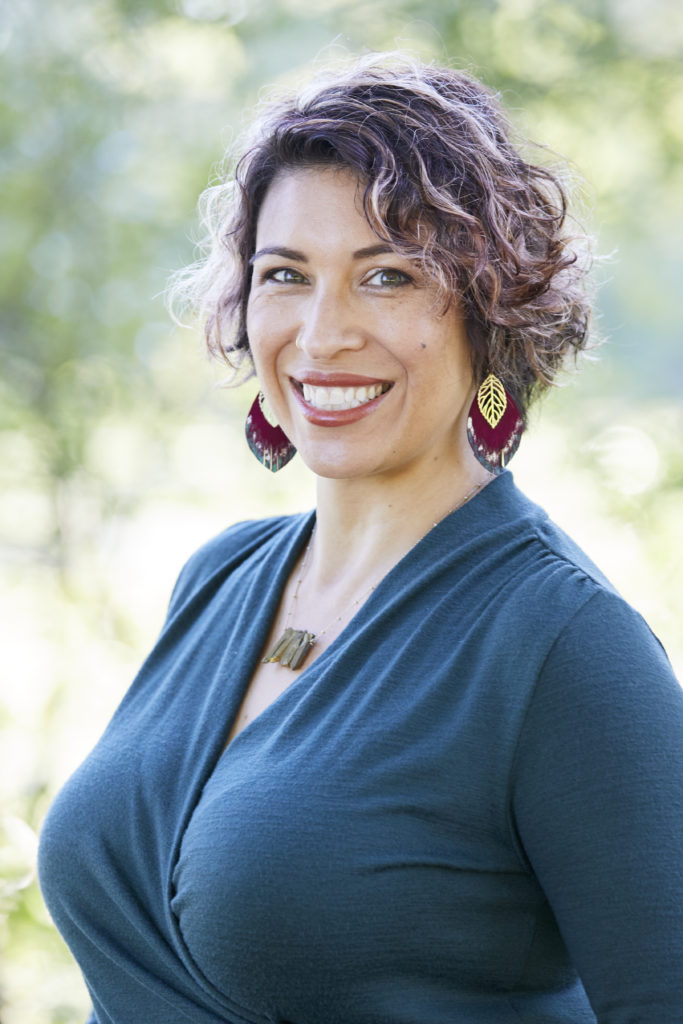
I wrote and produced 3 video ads to be used online. I reused the same royalty-free music as the kick-off invitation video, and I created a motion graphic version of the circular Á logo.

Later, these would be used as paid advertising on YouTube, targeted specifically to residents of Columbia Heights.
Merchandise
(2 weeks)
Following the model I used for lawn signs, I added the re-dyed shirts and more items to the web store.
Website Improvements
(3 weeks)
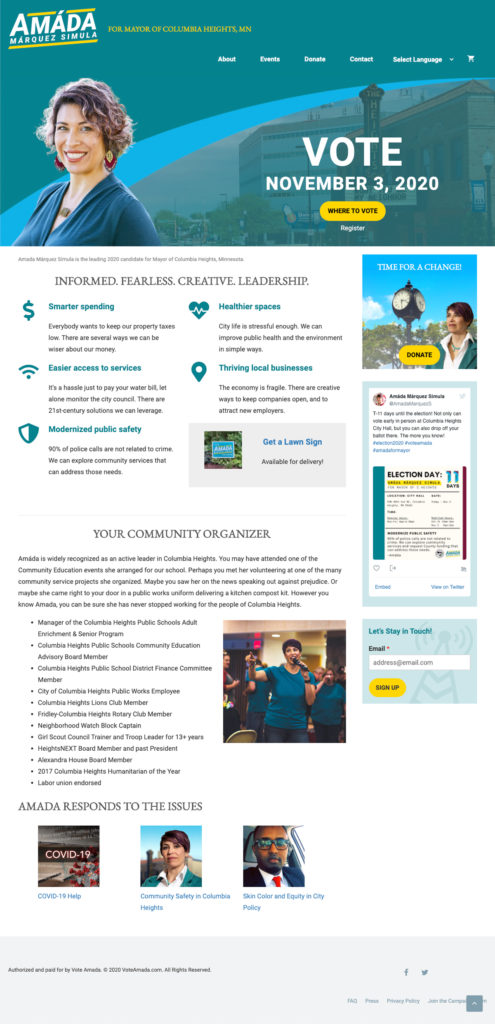
I spent some time adding content and improving the visual appeal of the website.
- The new headshot was added to the header, as well a decorative accent in the additional sky blue branding color.
- I added a call to action for donations that included my own photography of the city’s landmark clock.
- The candidate’s platform was clearly laid out in a handful of bullet points, each with a decorative icon.
- I added another front page call to action where supporters could get a lawn sign.
- I added testimonials and endorsements to the front page.
- I added a “radio tower” background graphic to the newsletter signup form. This drew extra appeal, and subscriptions increased by nearly 22%.
- I reorganized the donation options into easy tab navigation.
- I made improvements to the PayPal integration, streamlining the donation process.
My efforts paid off when the bounce rate dropped and we saw an uptick in donations.
I ran a screenshot of the website (everything above the scroll) through VisualEyes to generate a heat map. The results showed that the branding and main calls to action were effective.
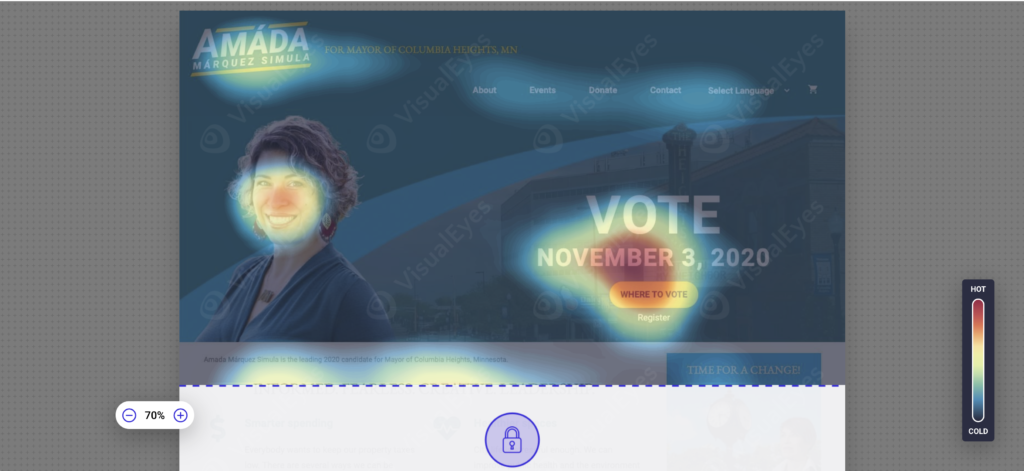
Mass Media Collateral
(5 weeks)
We gathered our last funds and rallied our army of volunteers to reach as many voters as possible in the months of September and October.
- Newspaper flyer inserts
- Newspaper ads
- Direct mail postcards
- Video ads
- Text campaigns
- Phone banks
- Social media
- Email newsletter
- Video testimonials
Volunteers and the candidate even flagged street traffic with rally signs.
Completed Campaign
Victory!
The candidate won with 5528 votes, a 9.4 point lead over the opponent.
I attribute success to:
- the constant hard work by the candidate to reach voters and ask for donations
- the creativity and non-stop work of my social media manager
- our multi-platform, multimedia approach.
We had an extremely active social media campaign:
- 528 original graphics
- 297 Facebook posts
- 134 Tweets
- 71 Instagram posts
- 8 email newsletters
The campaign was the most expensive in the city’s history:
- Budgeted $8,000.00
- Spent $12,724.54
By comparison, the opponent had no plan, a weak platform, only 1 piece of literature, no website, barely used social media, and spent less than $4,500.
Finished Political Campaign Materials
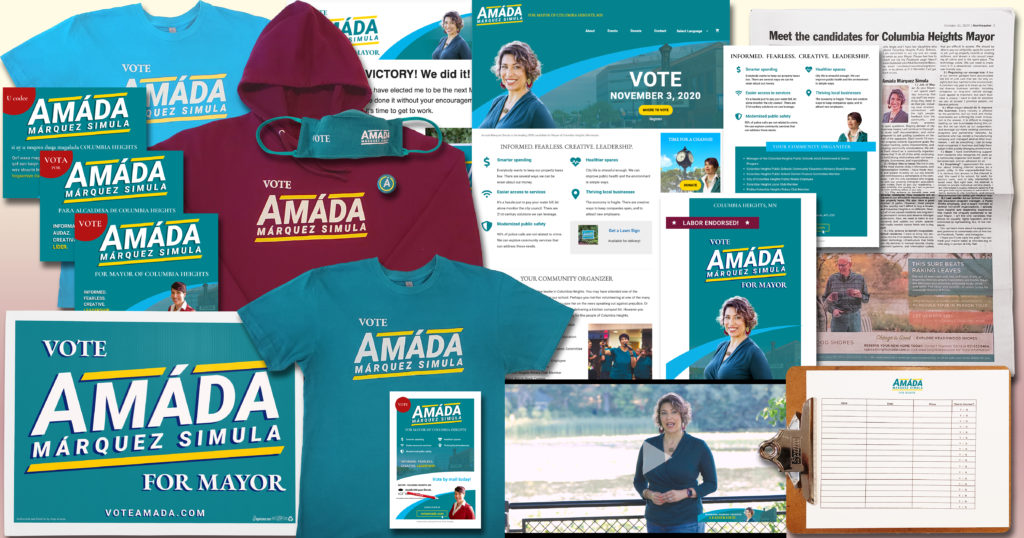
What I Learned
- How to create a political campaign communication strategy.
- Campaigns are stressful, burnout is common, and turnover is high.
- How to target video ads on YouTube.
- Blog posts attract donations more than other types of content.
- Best practices are not always right, especially in abnormal circumstances.

